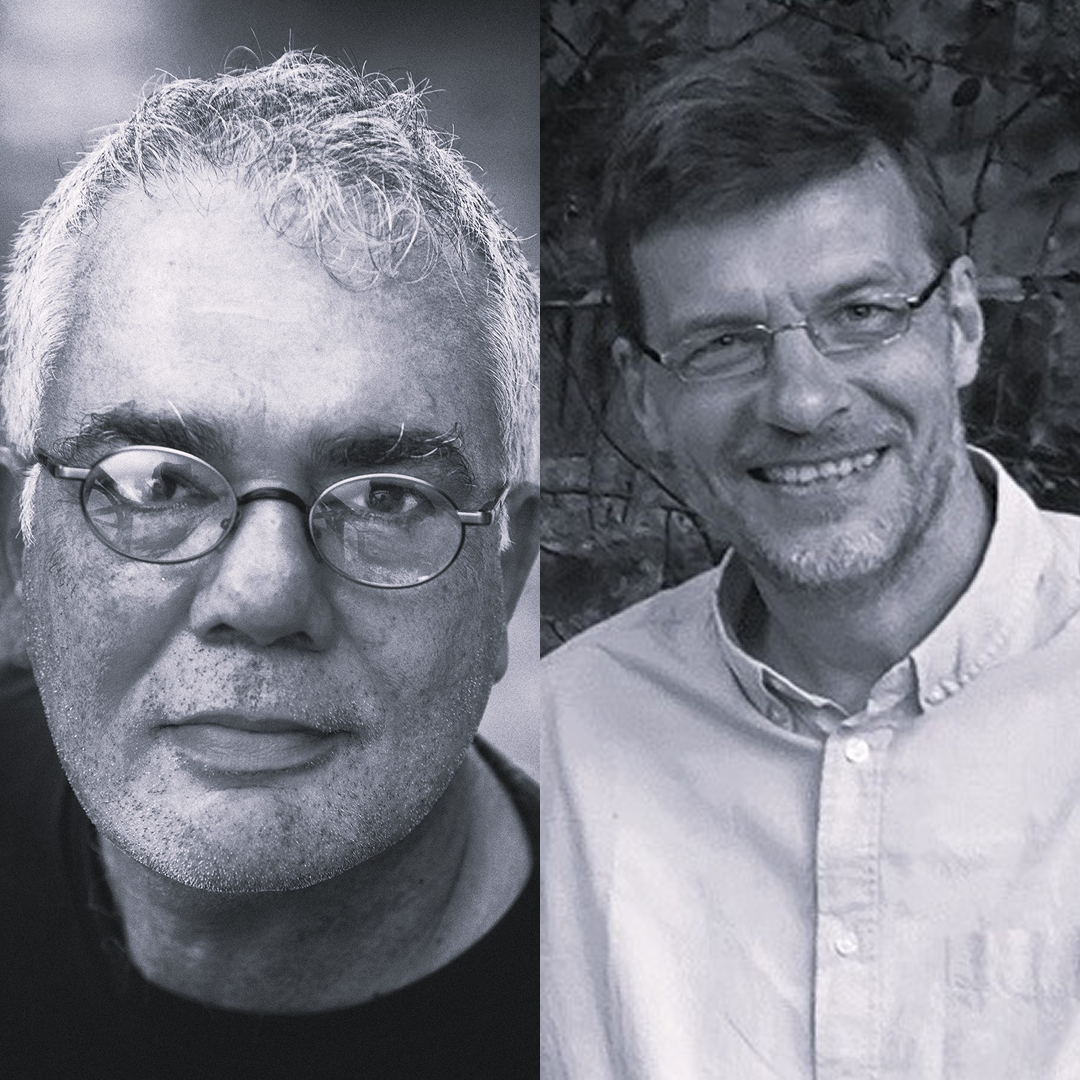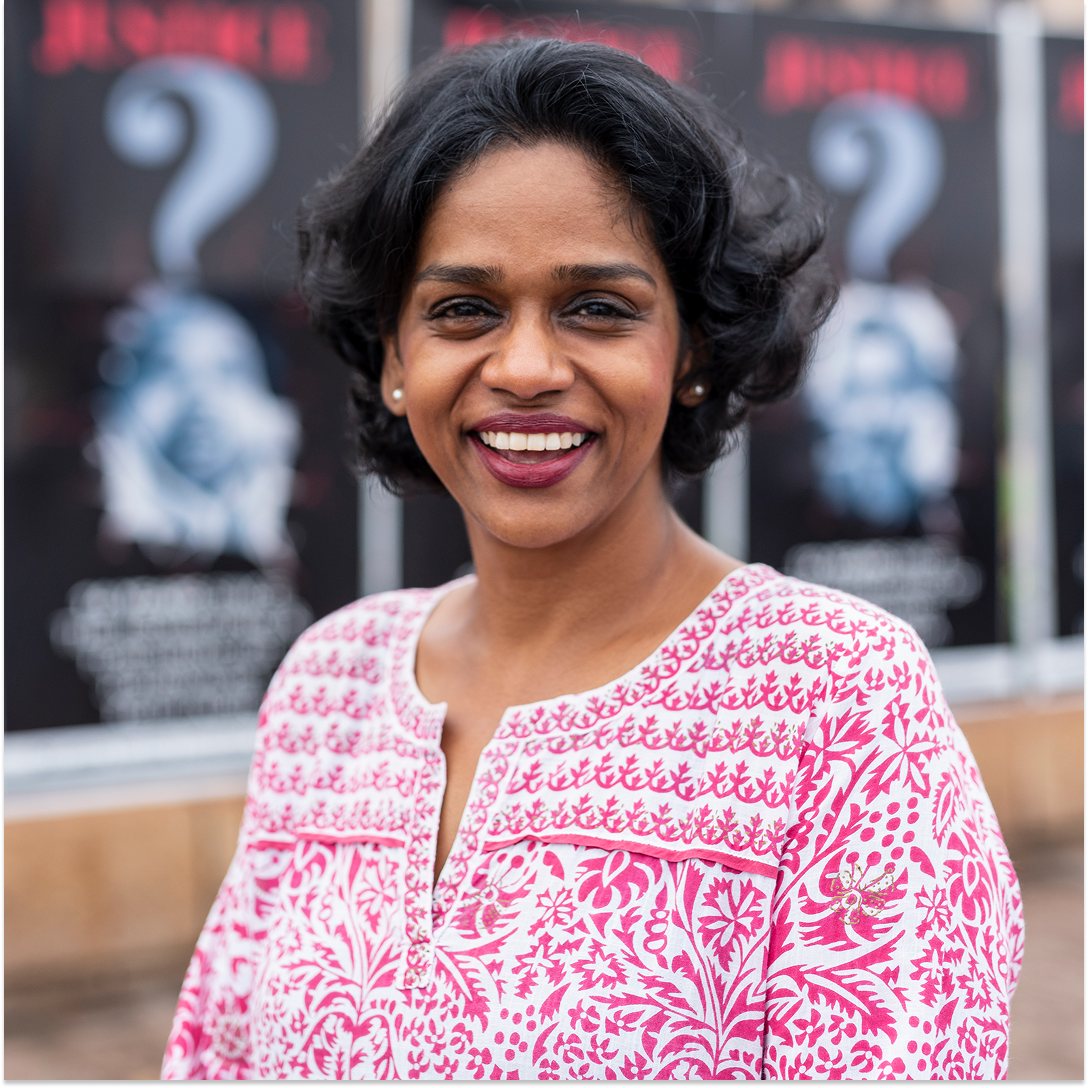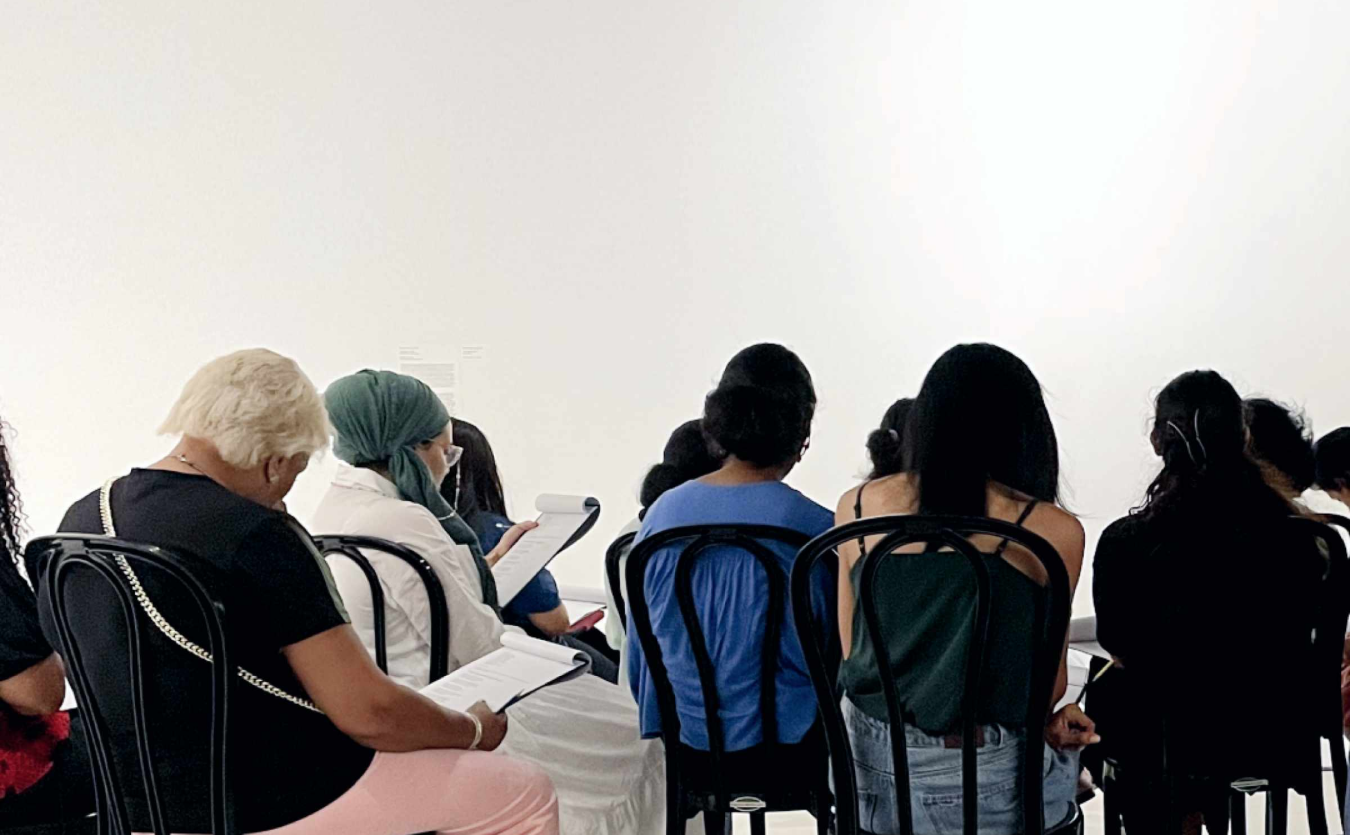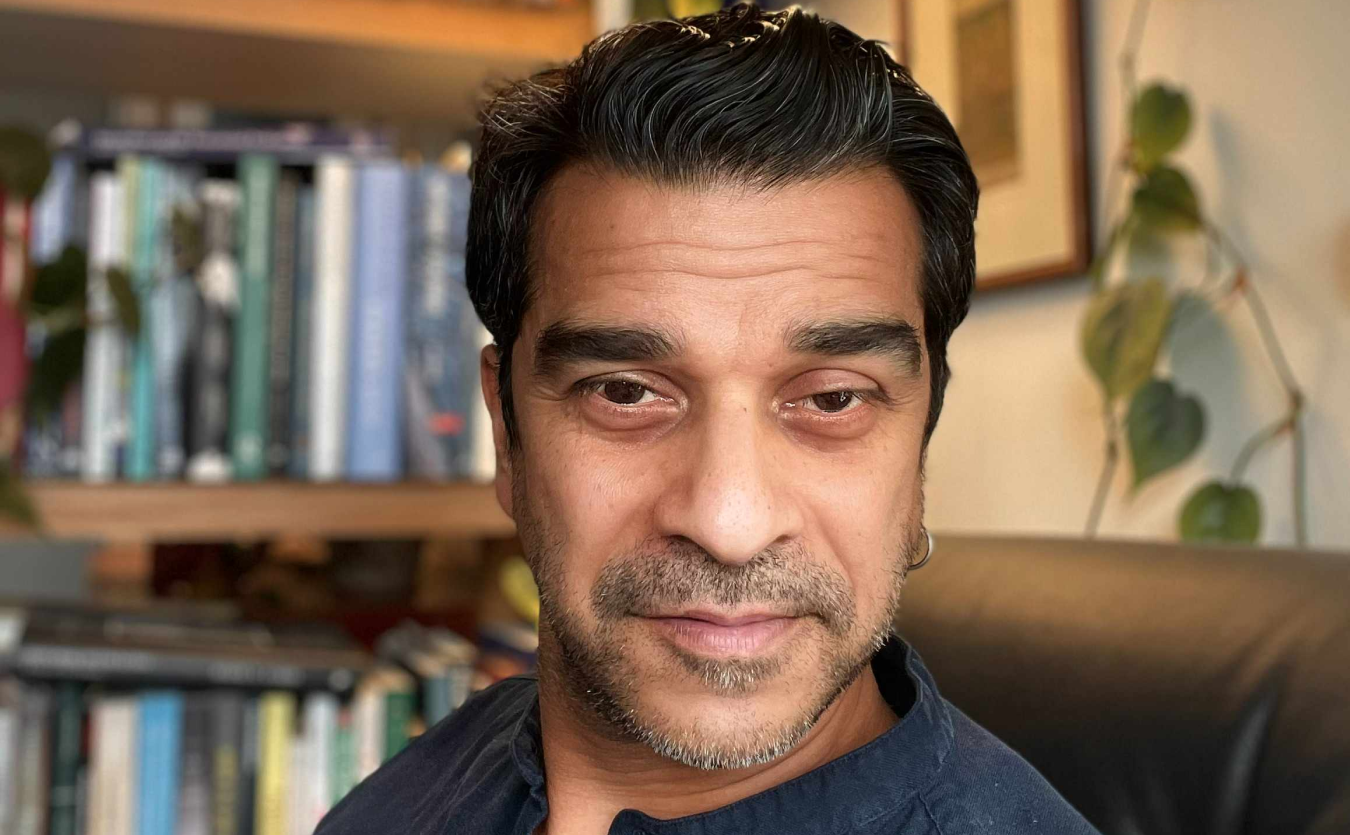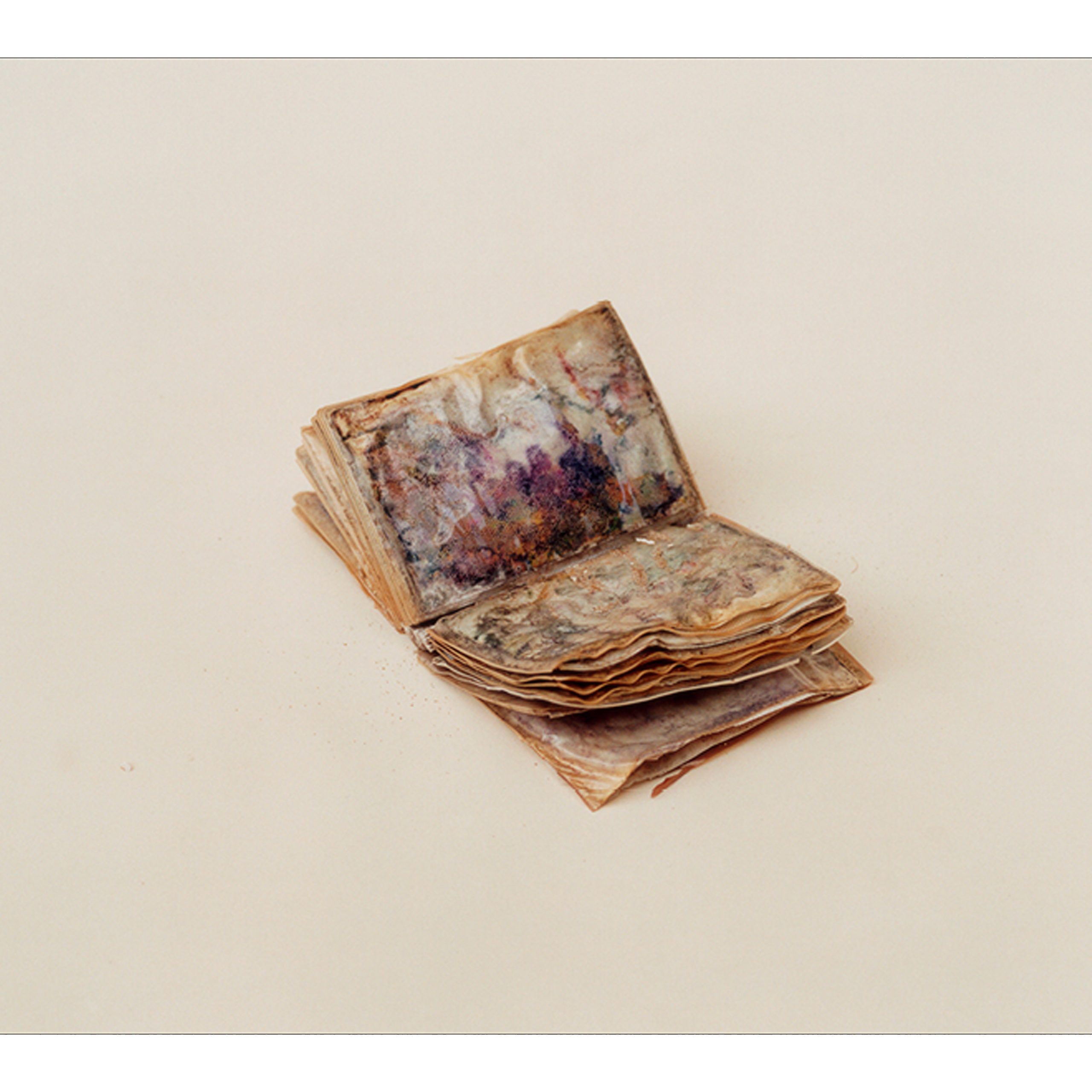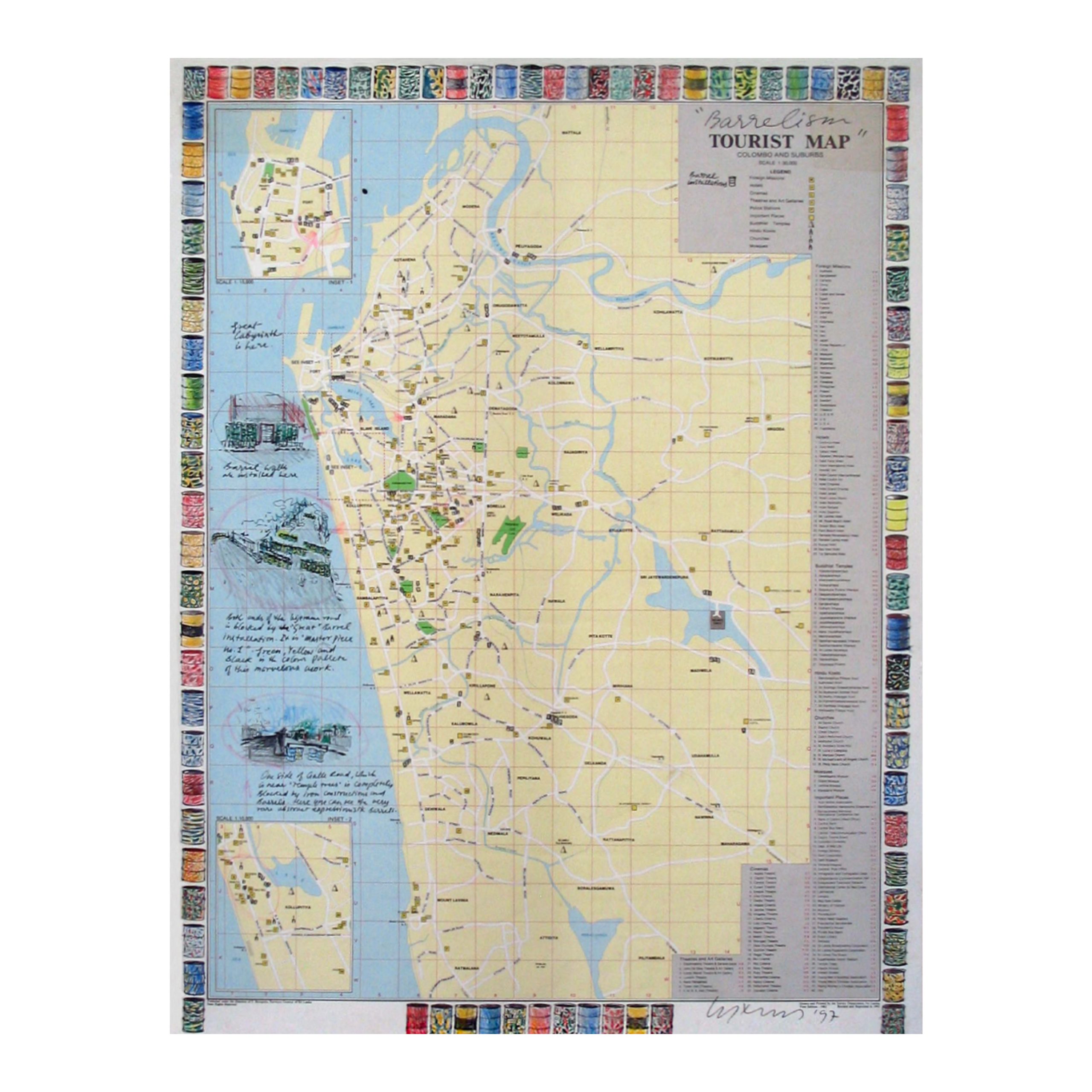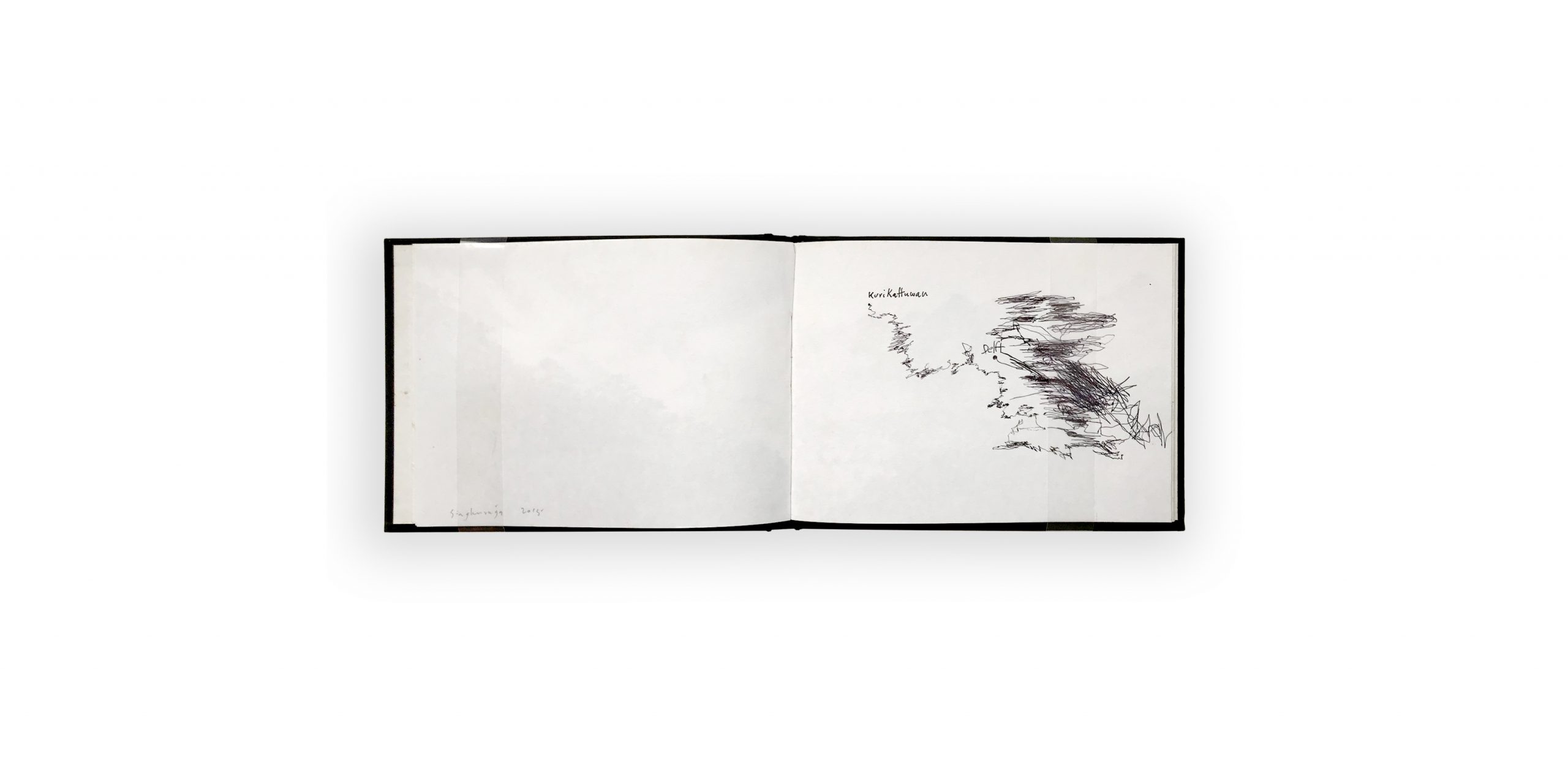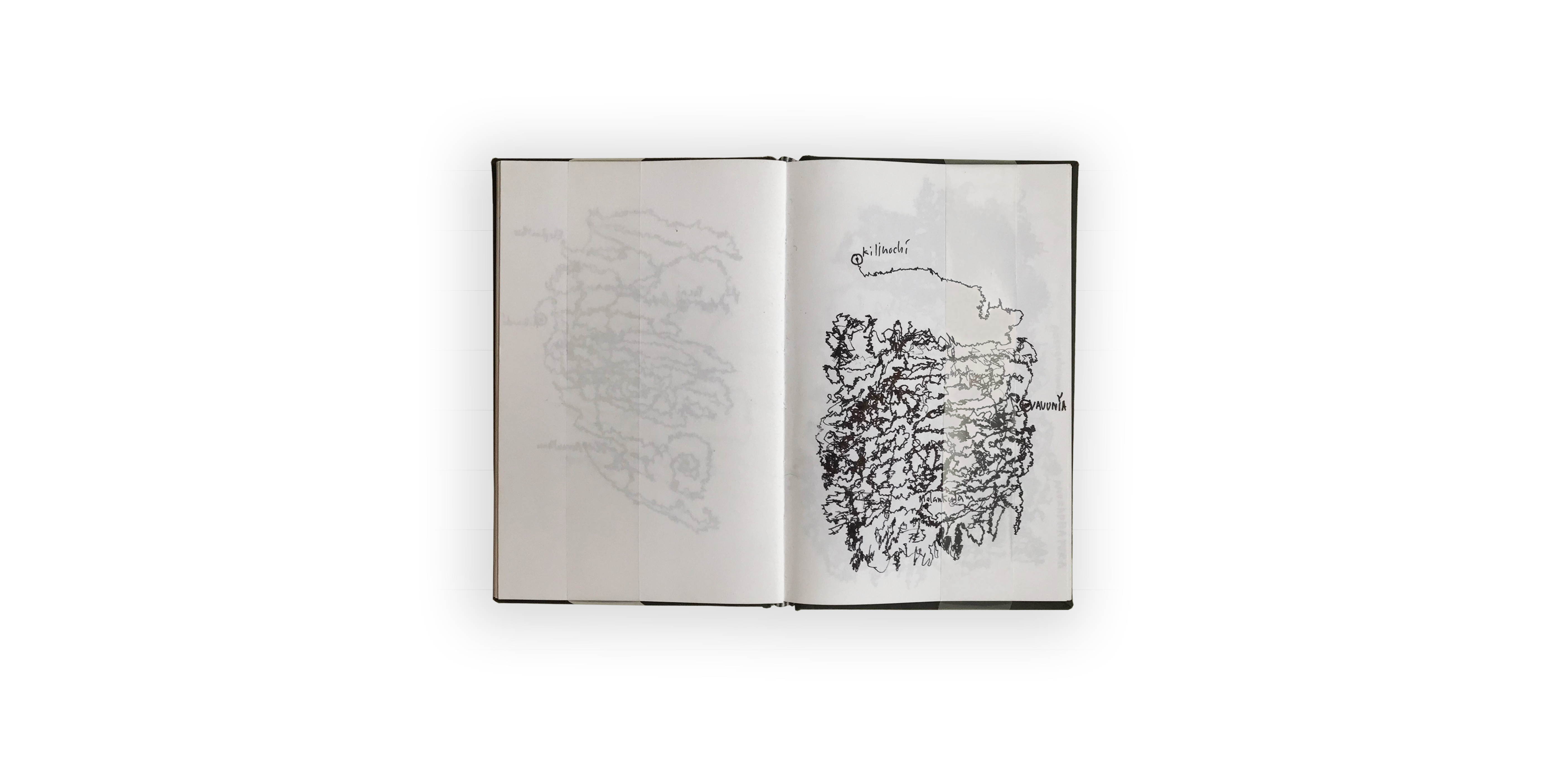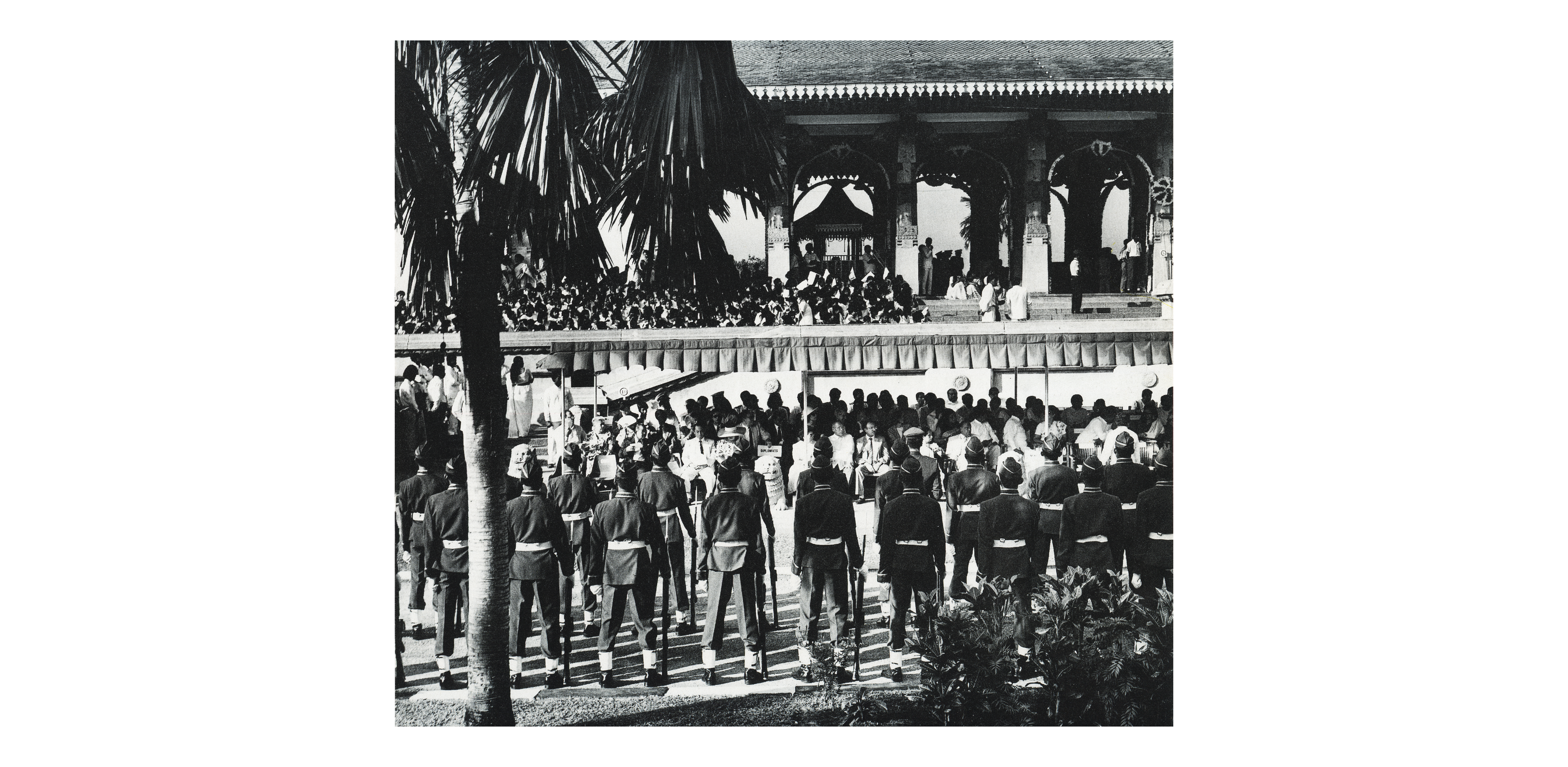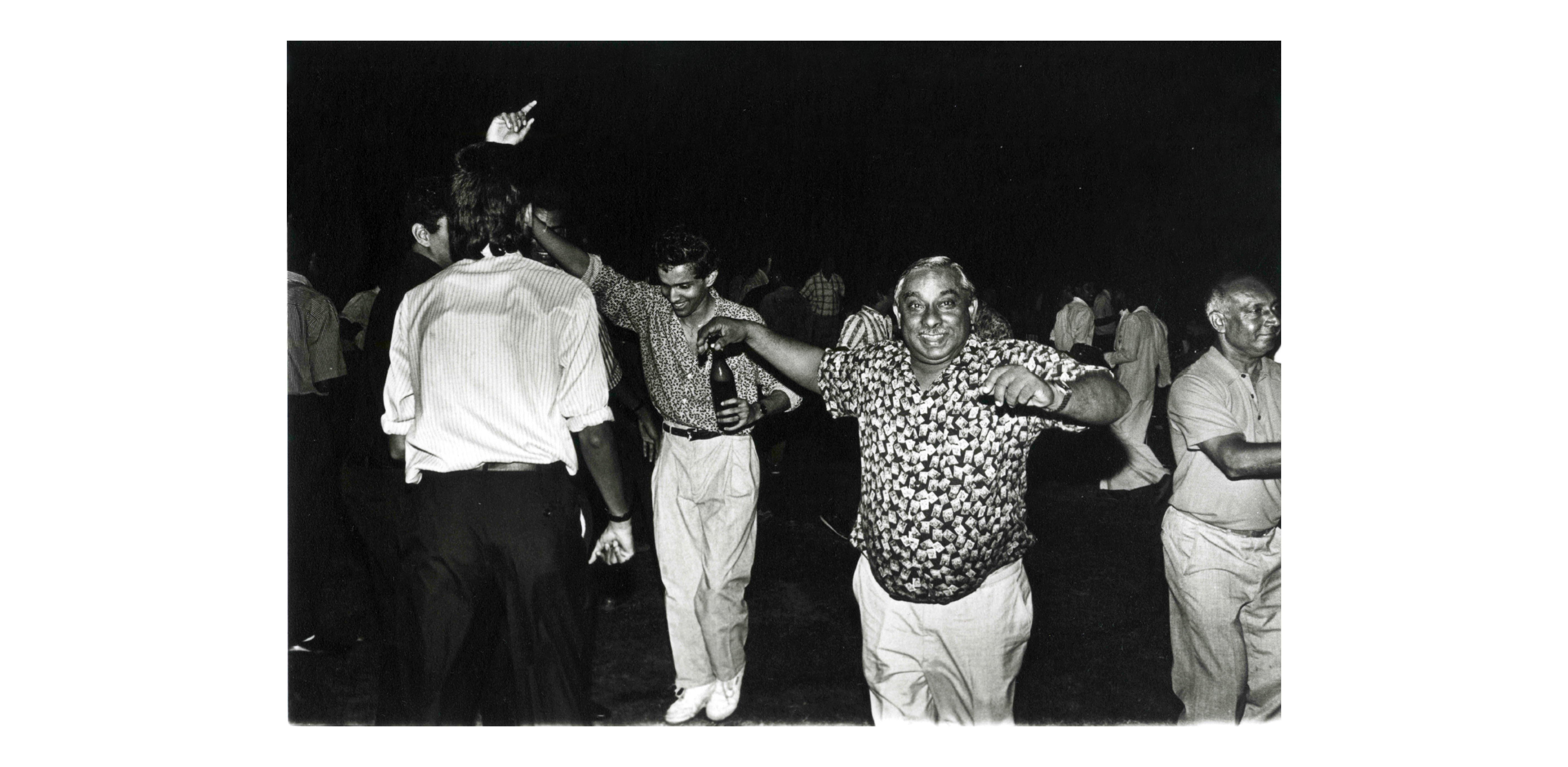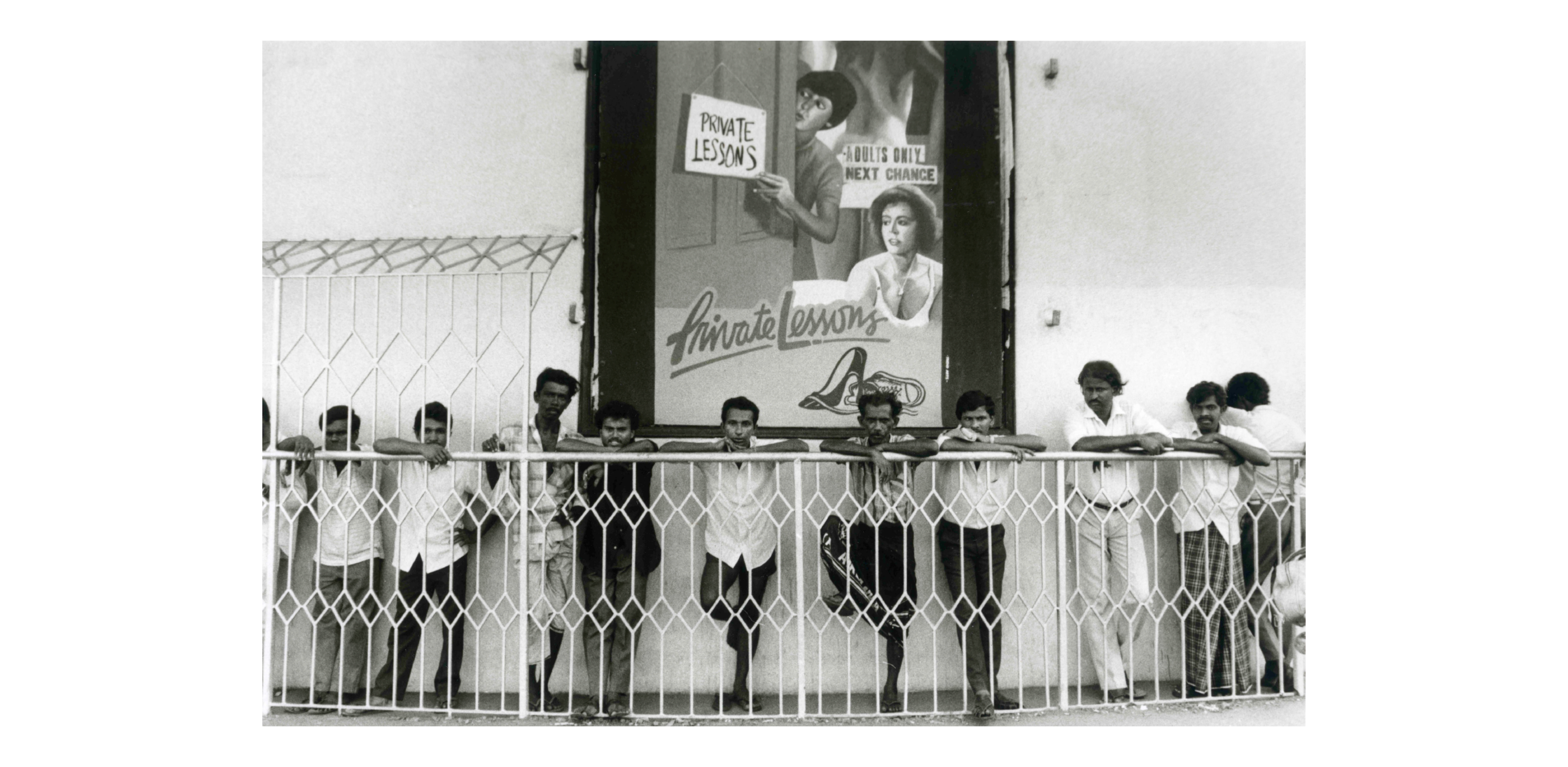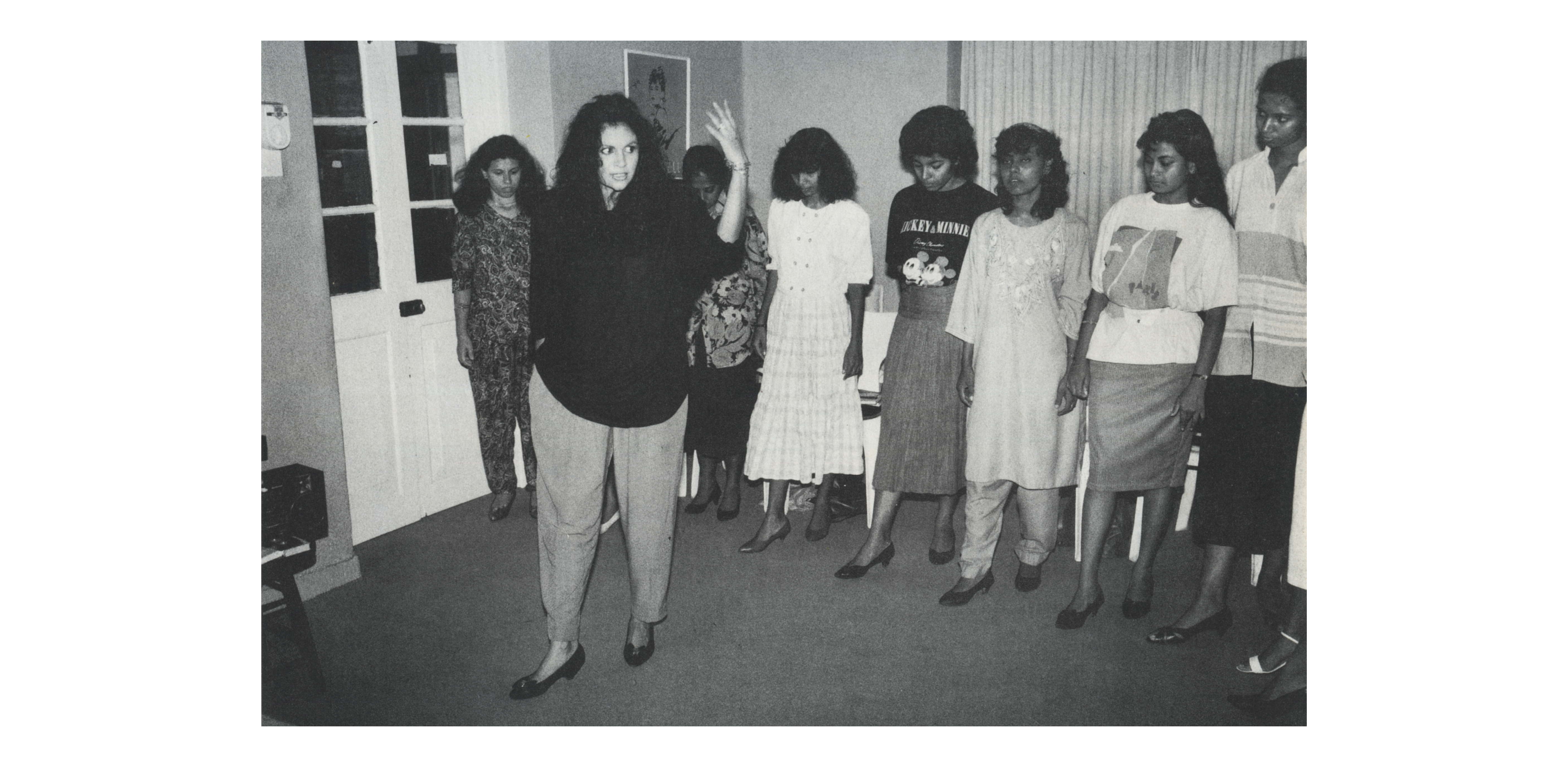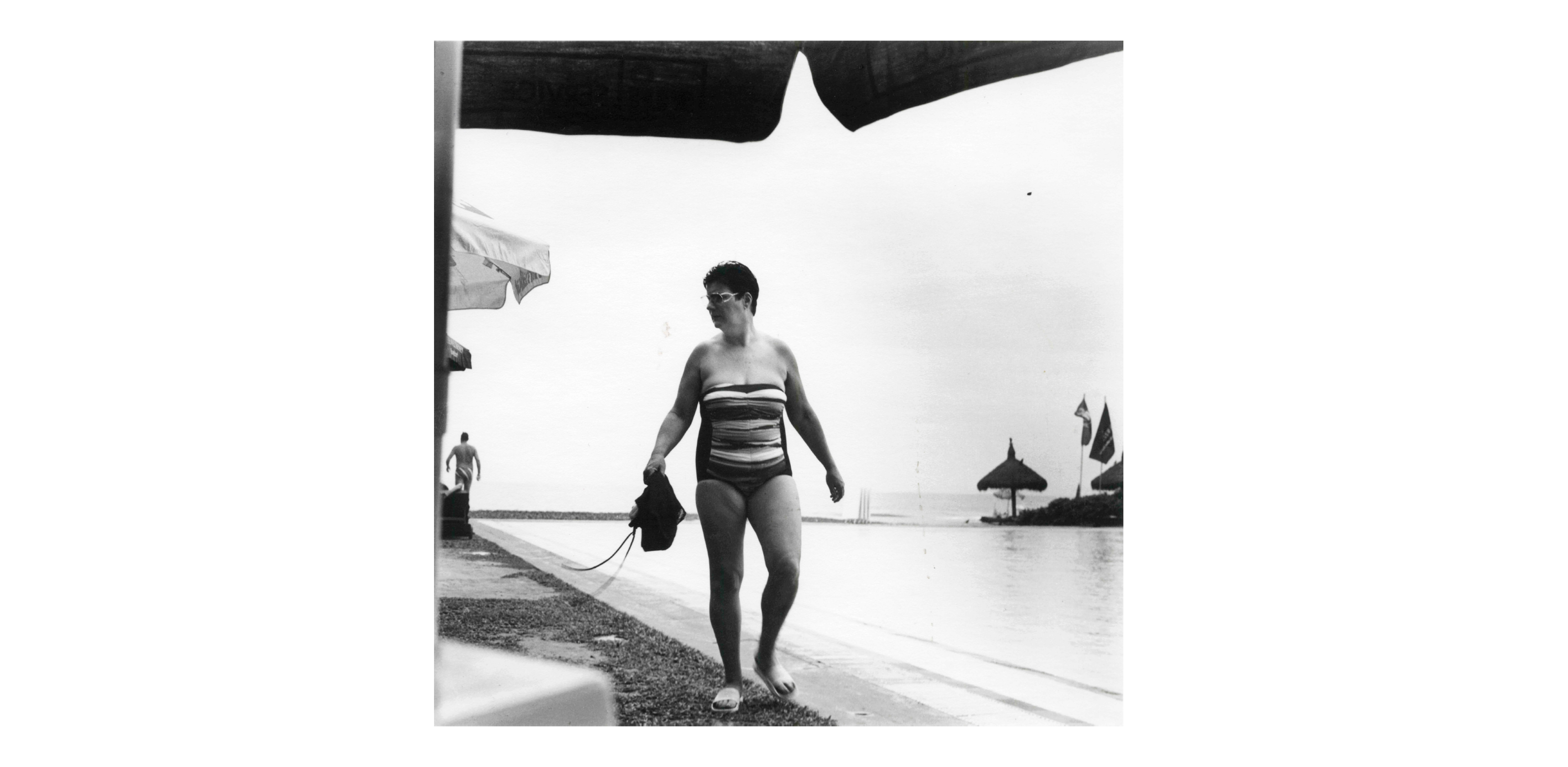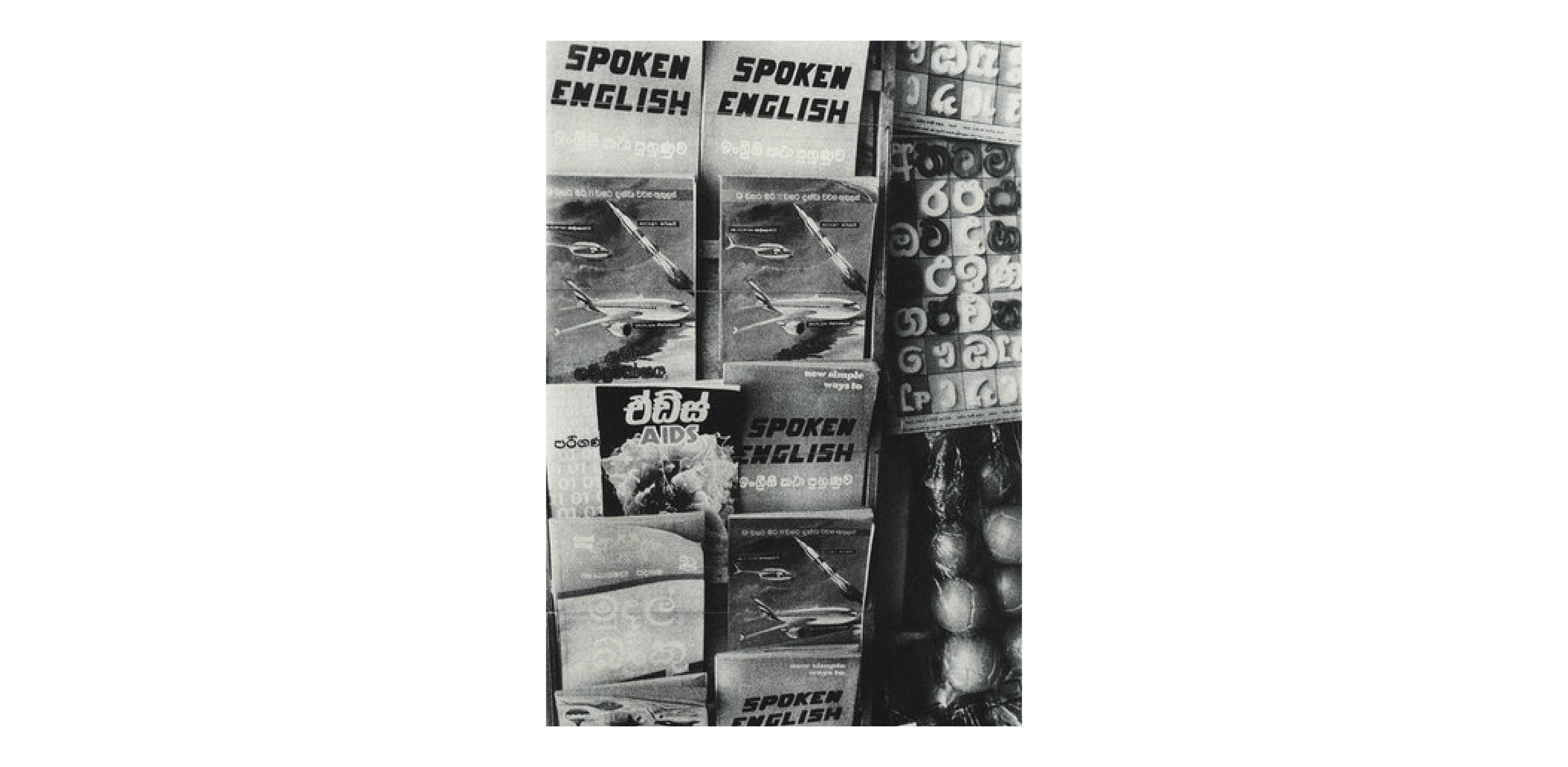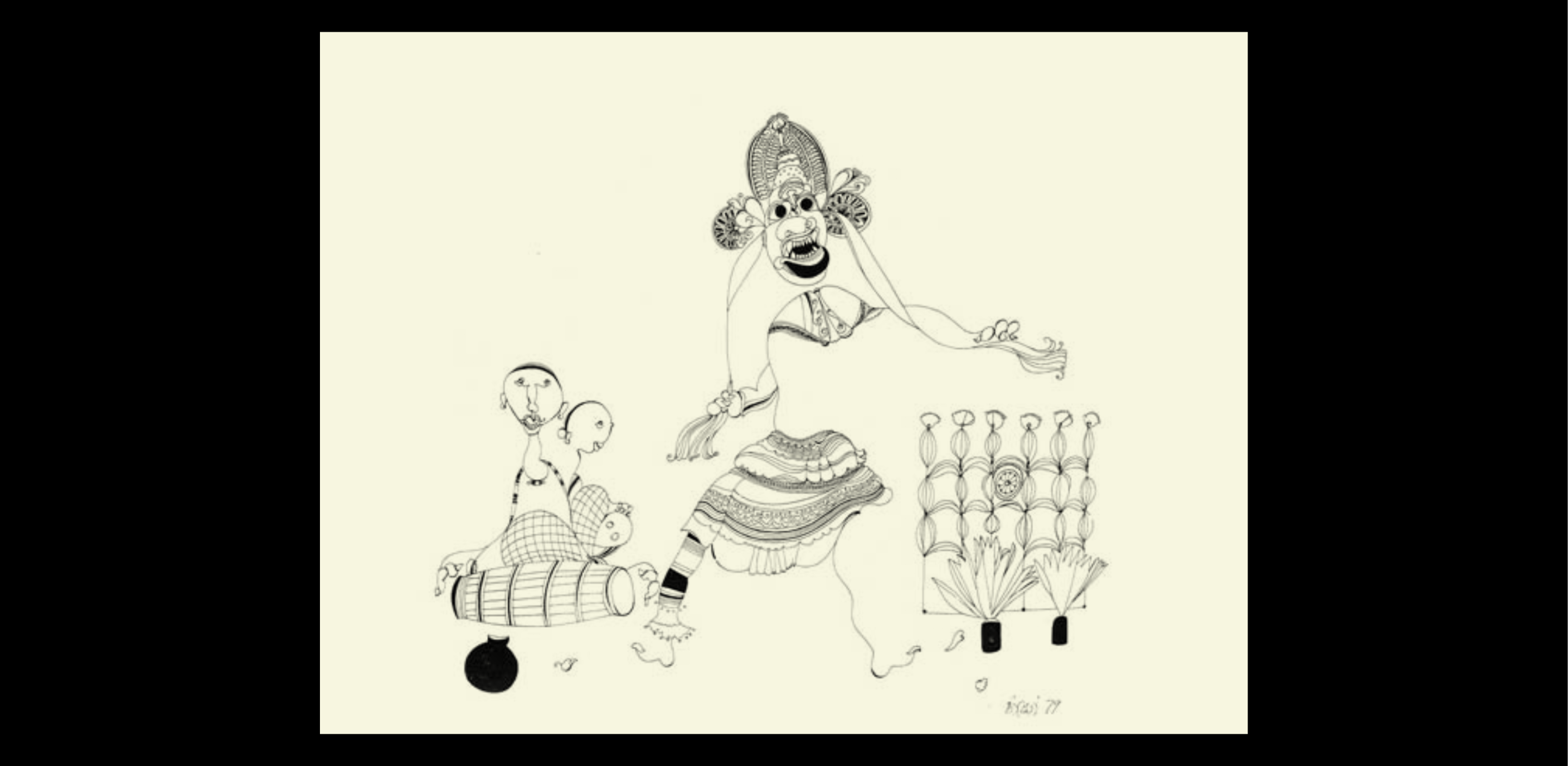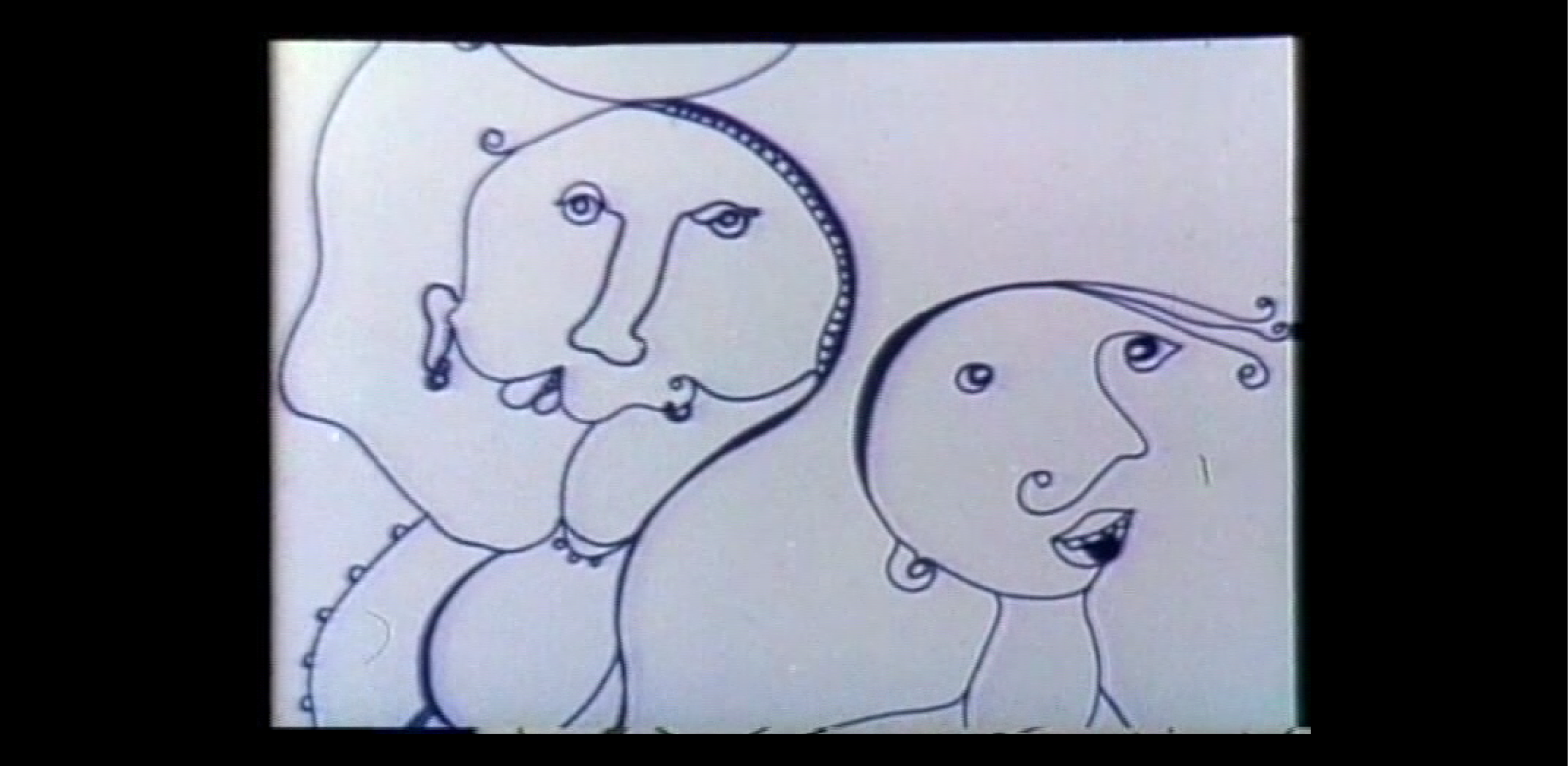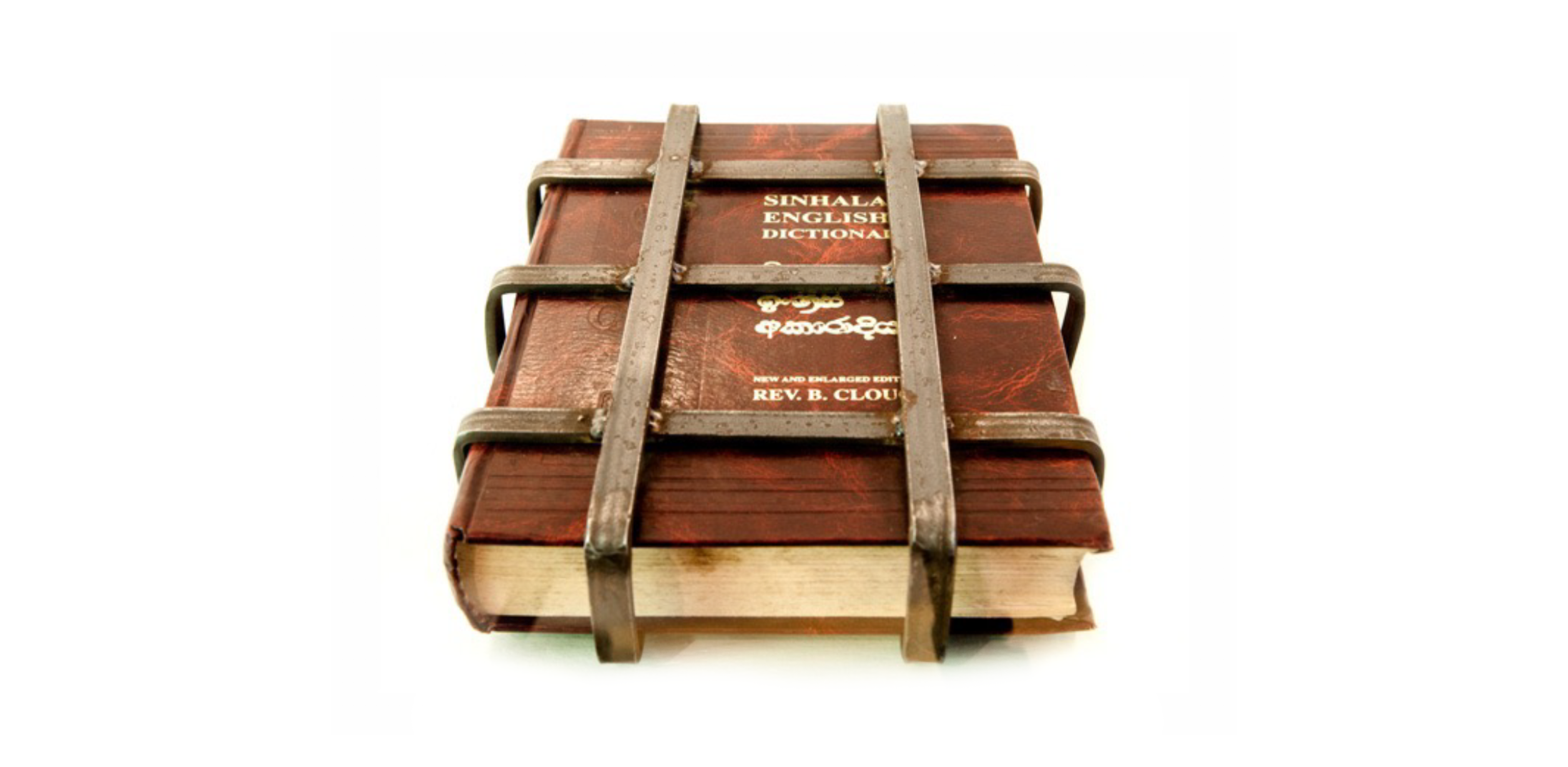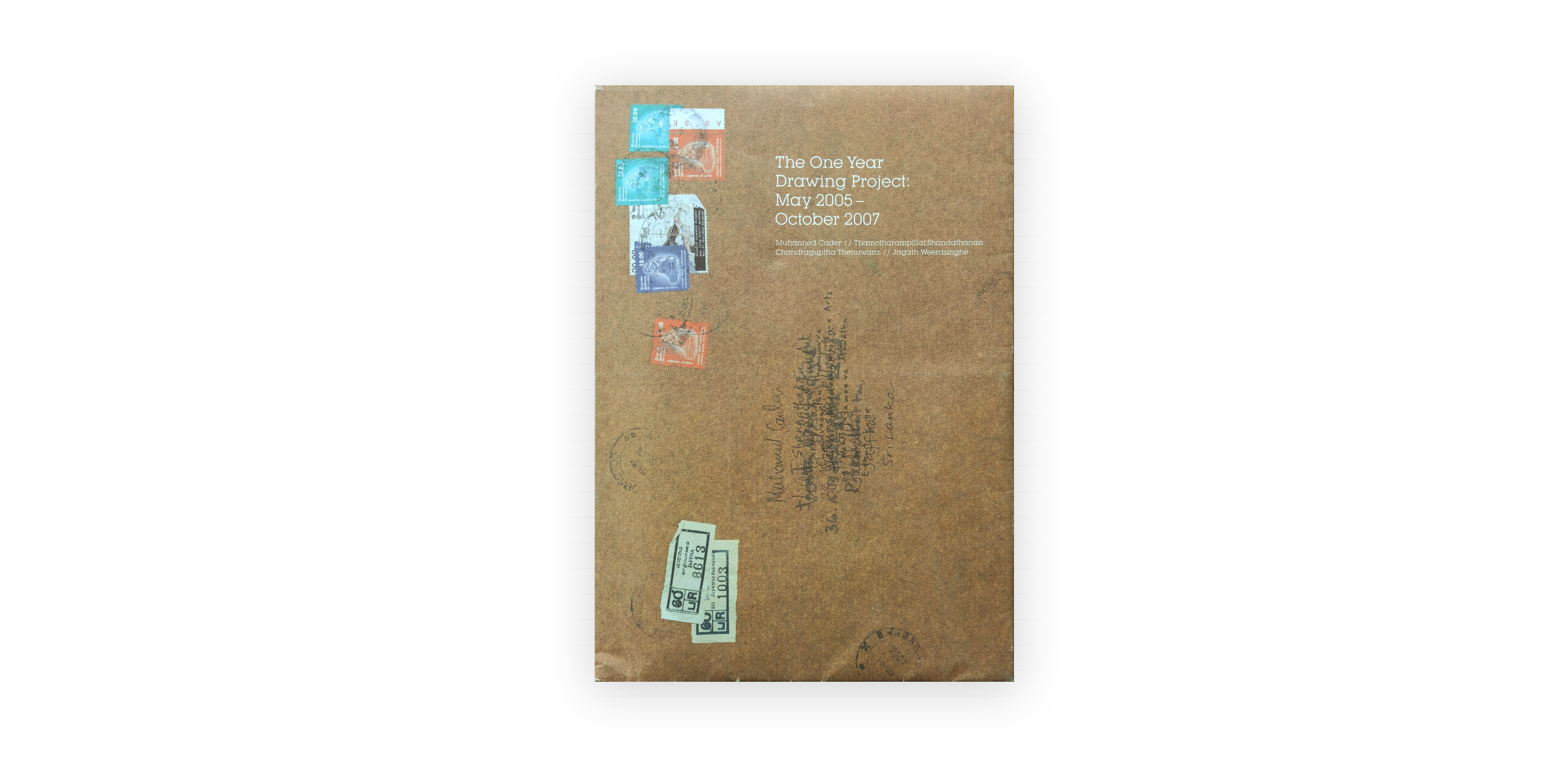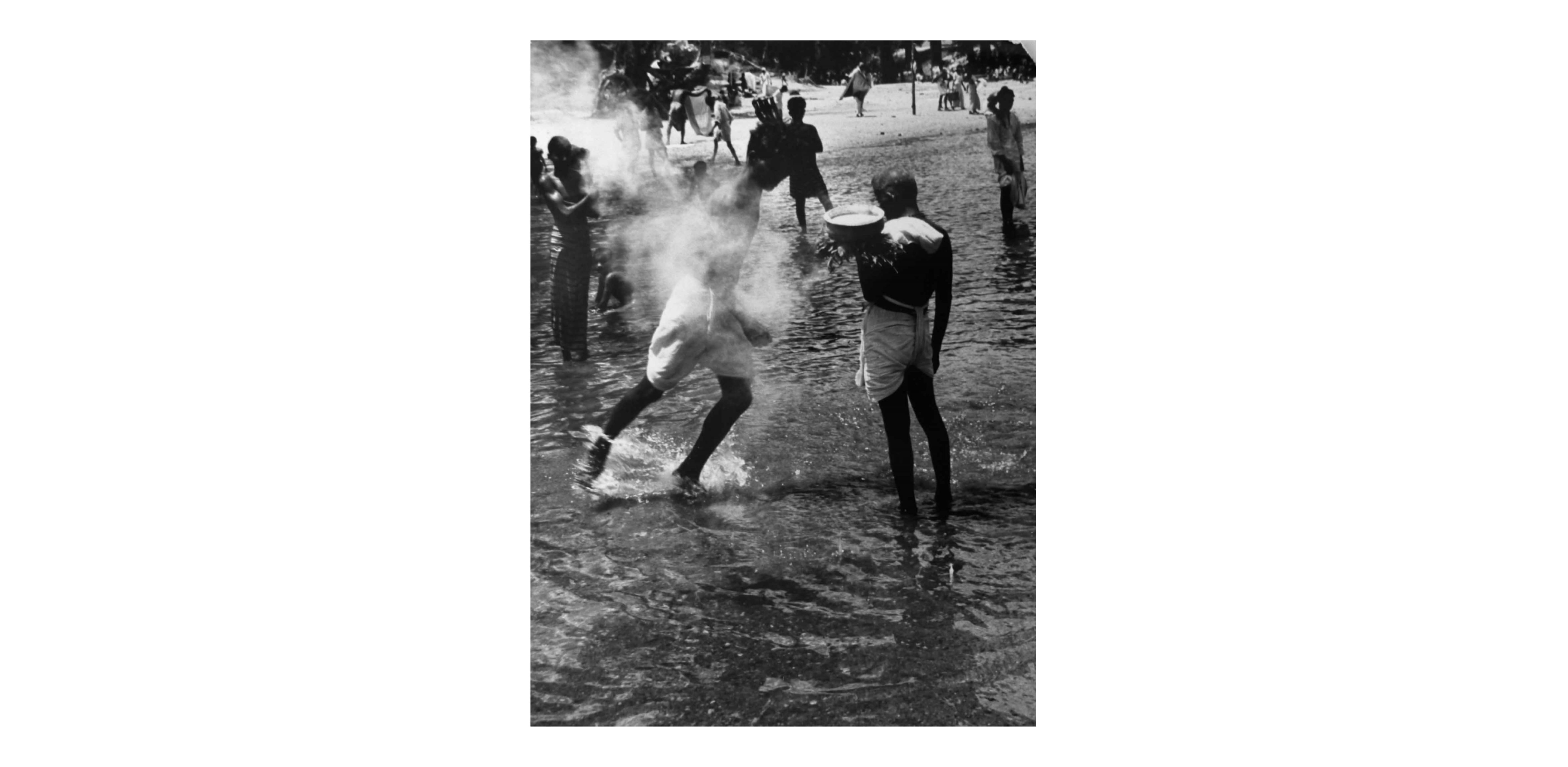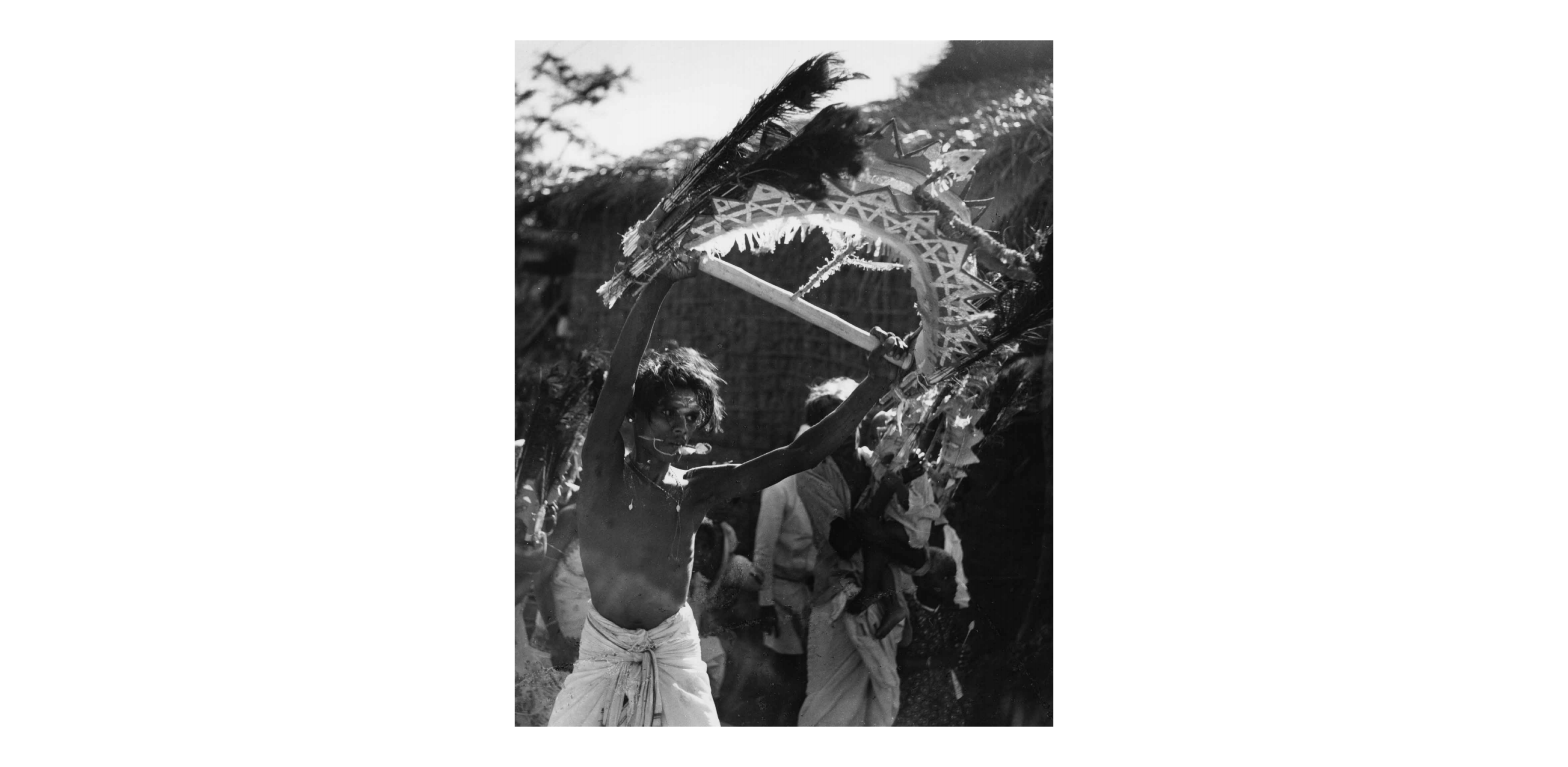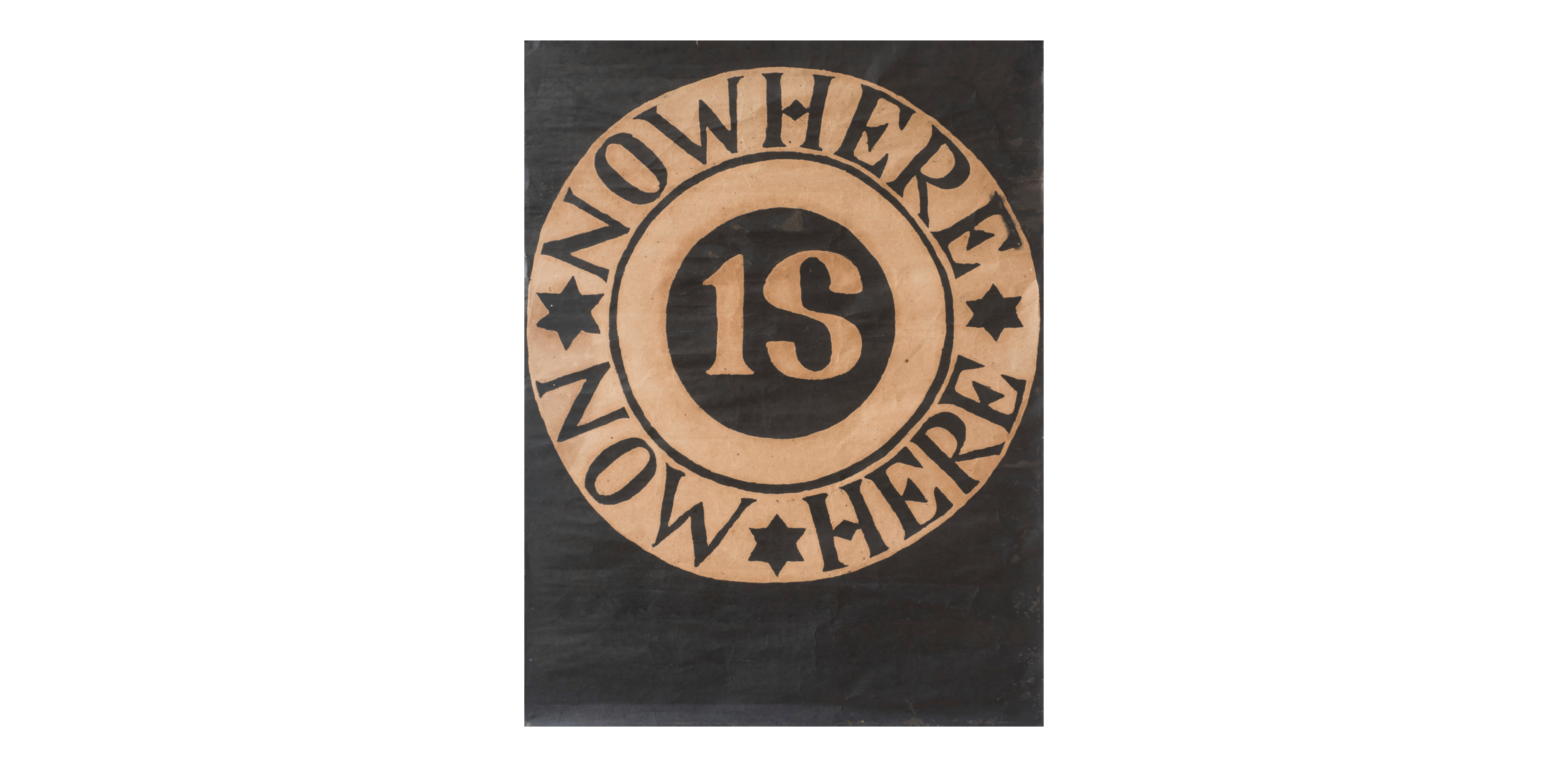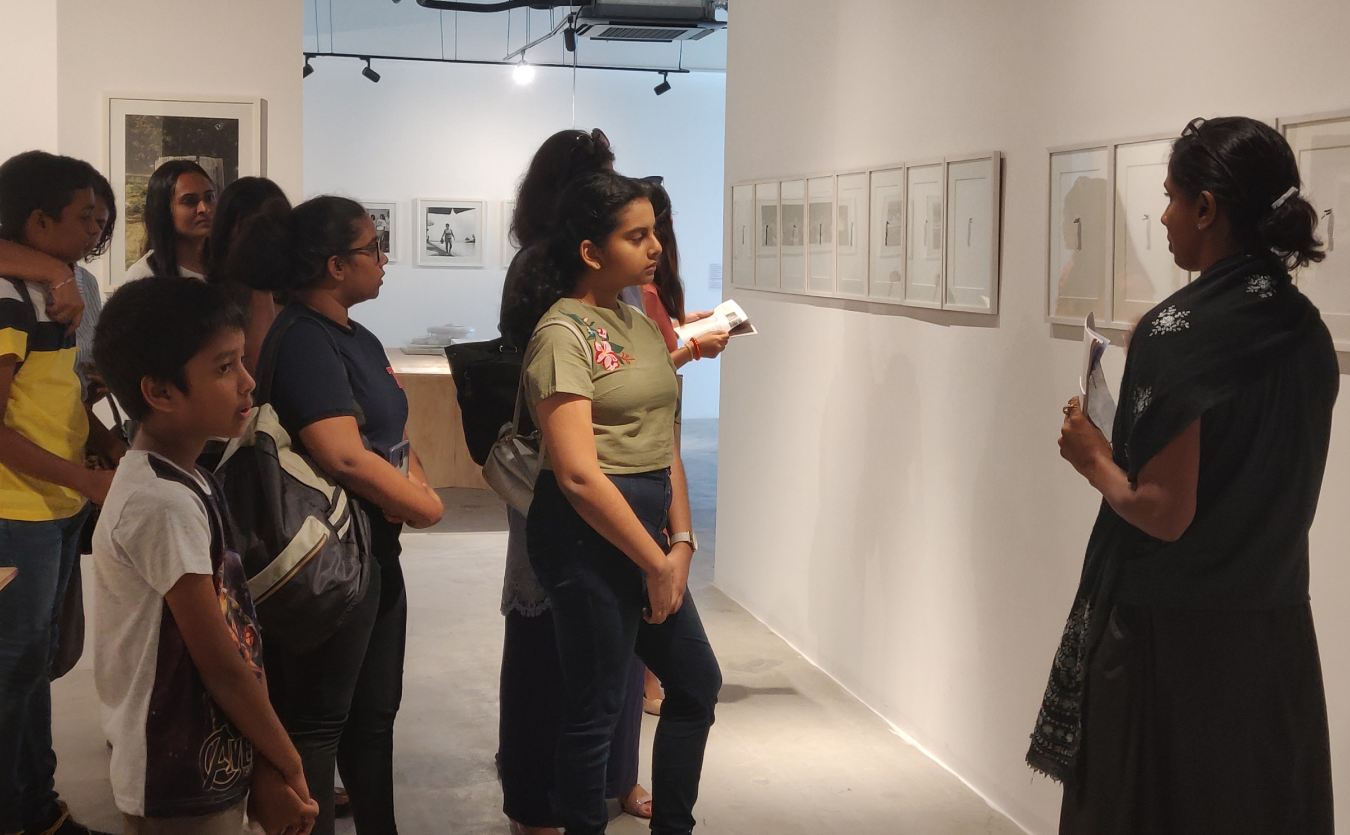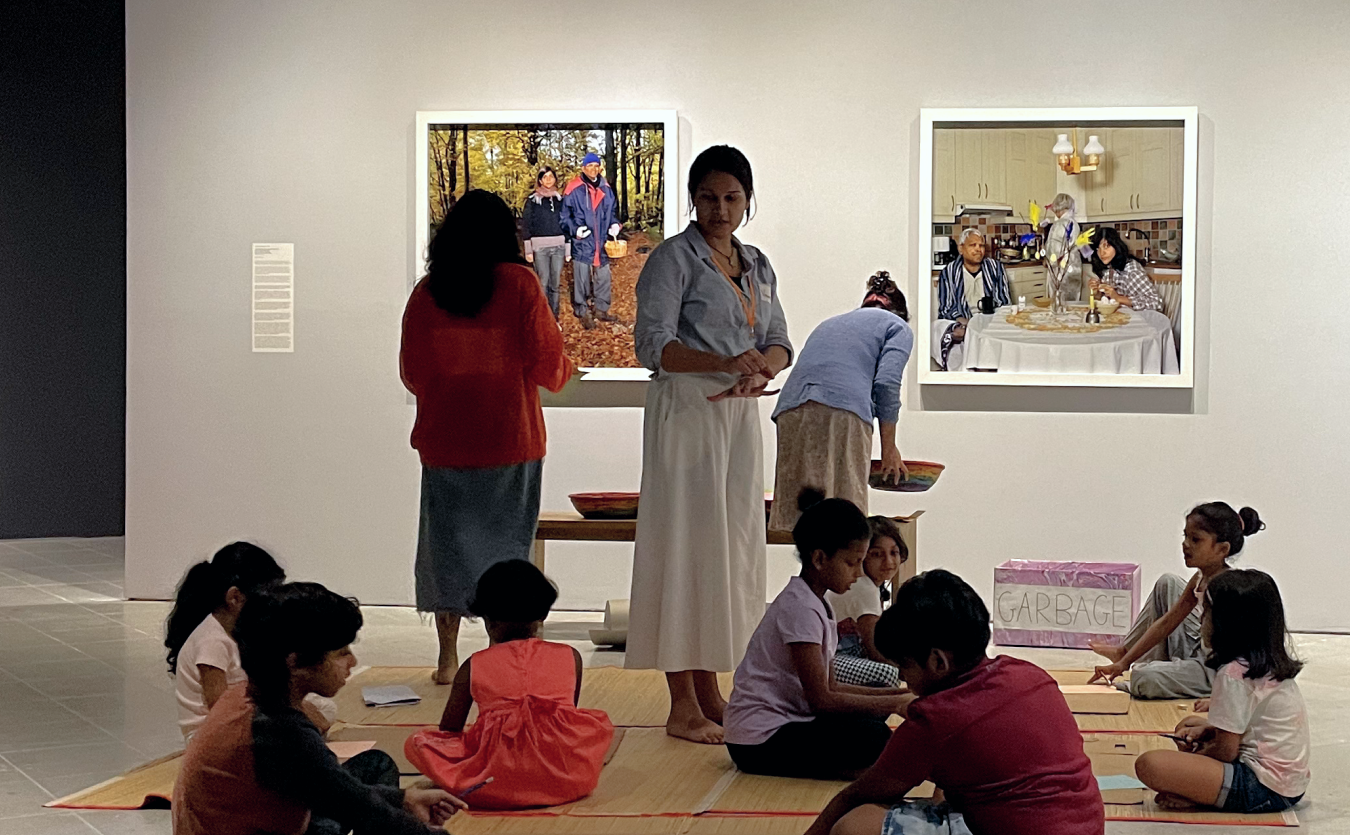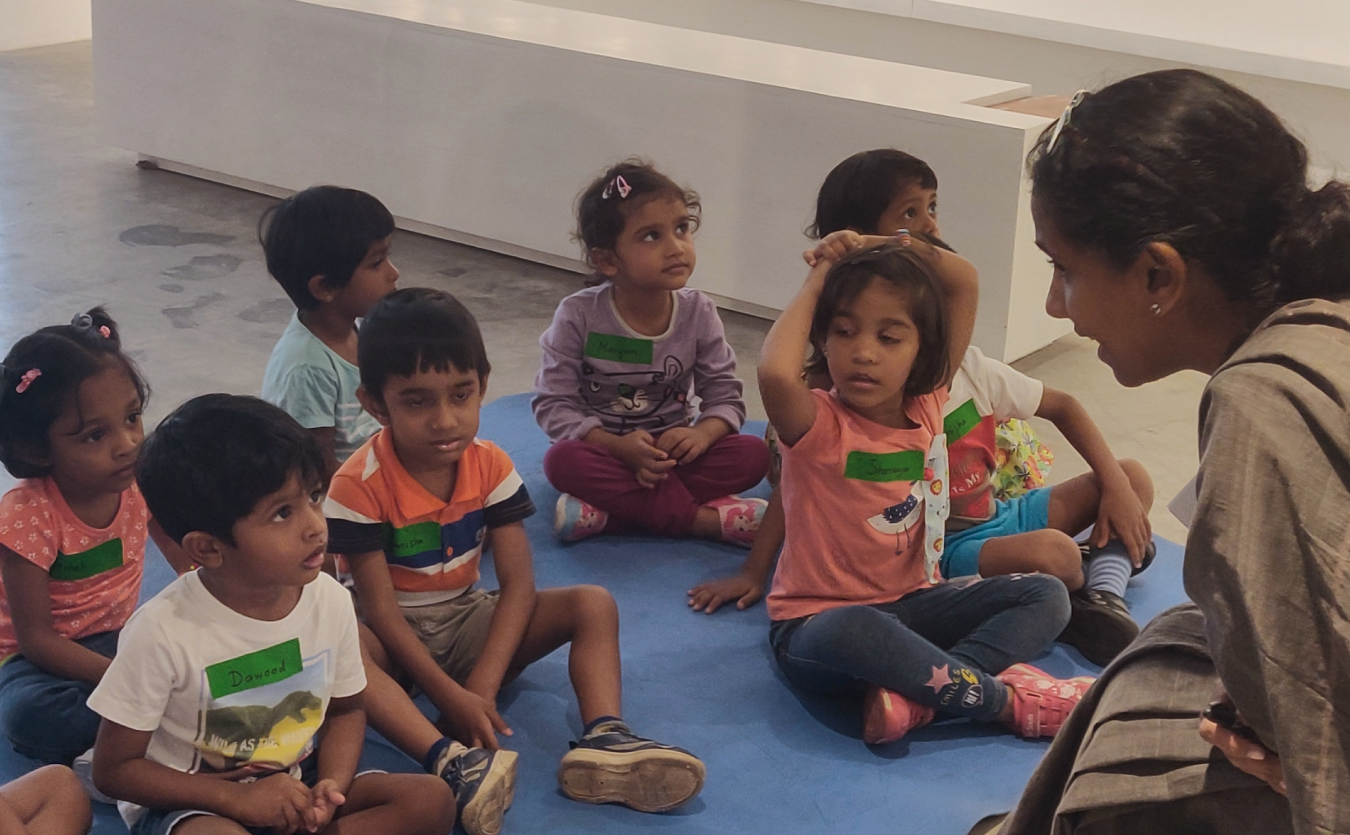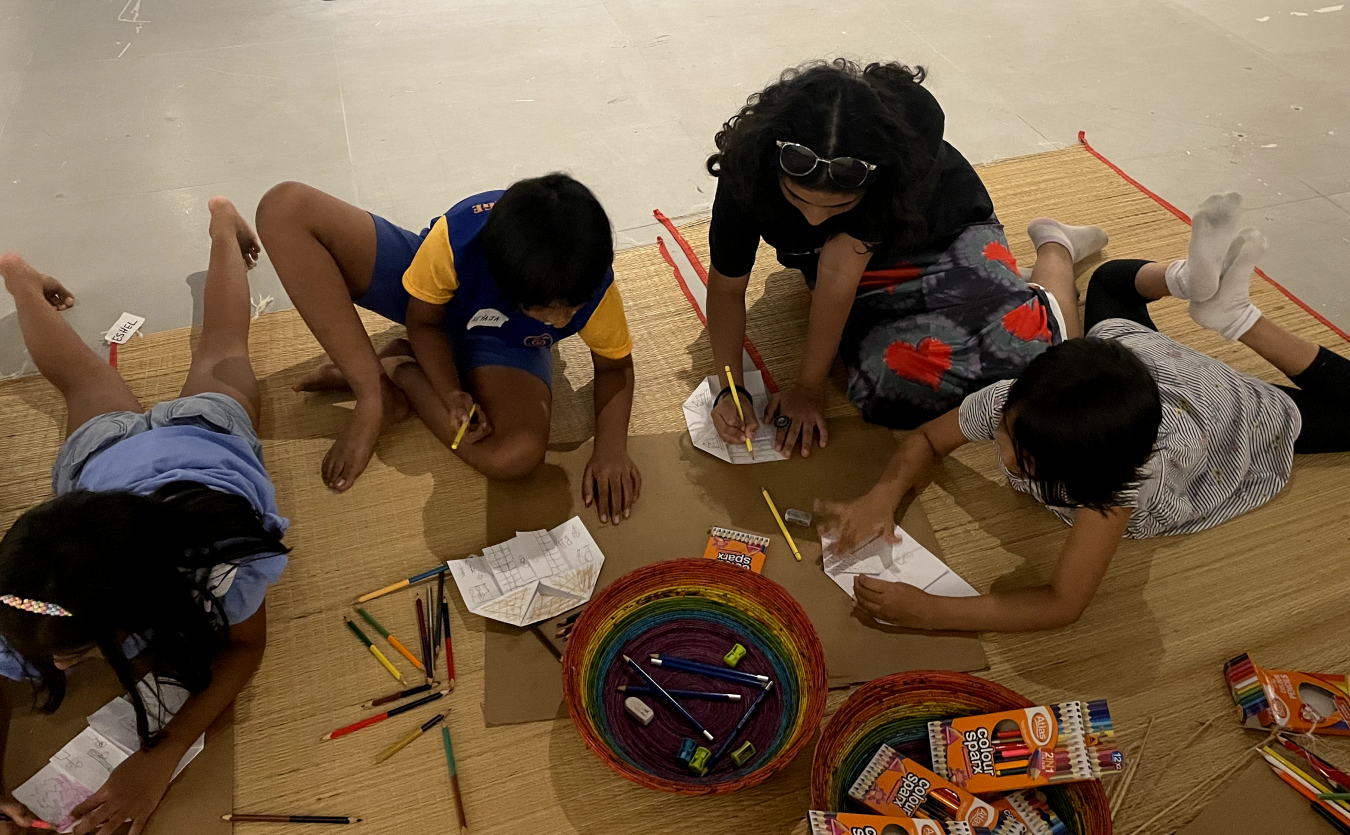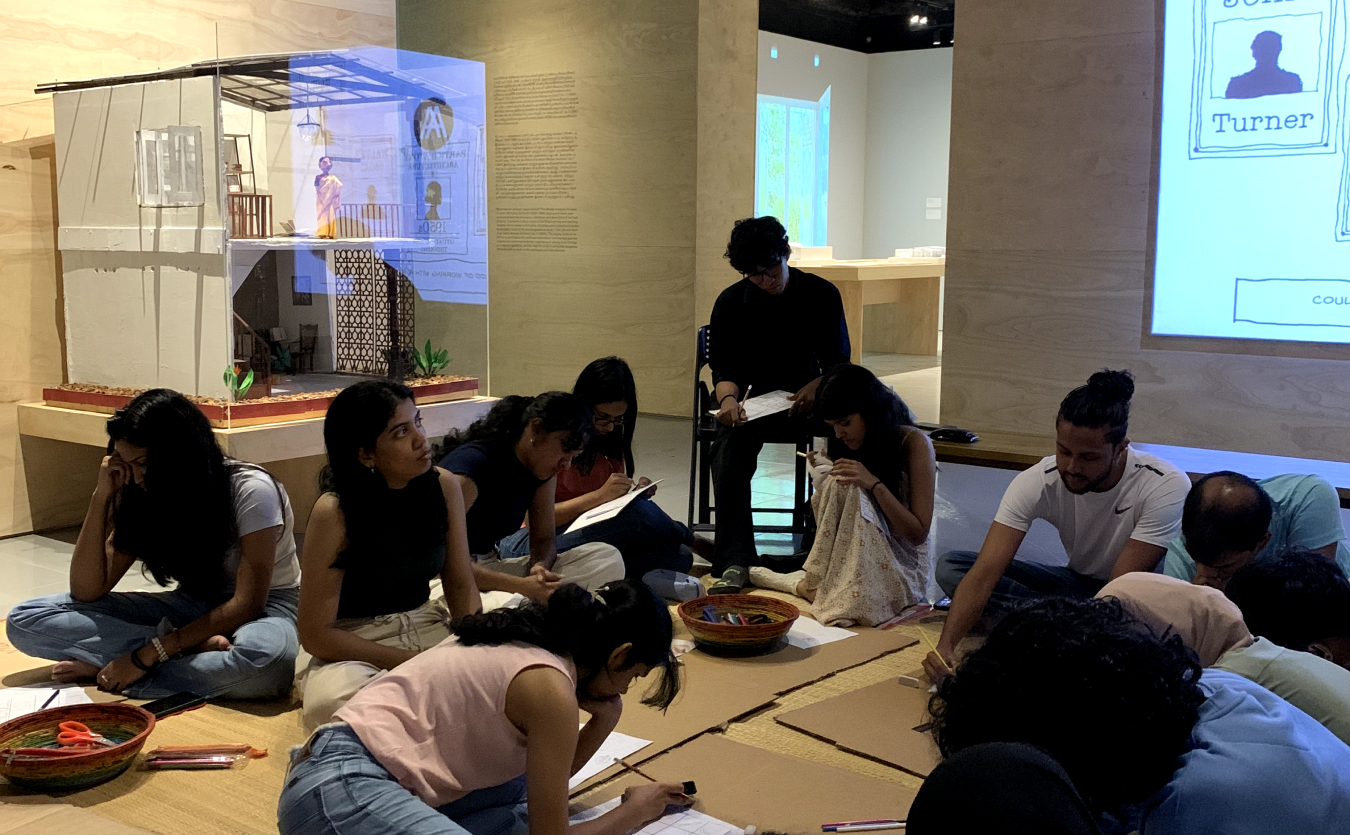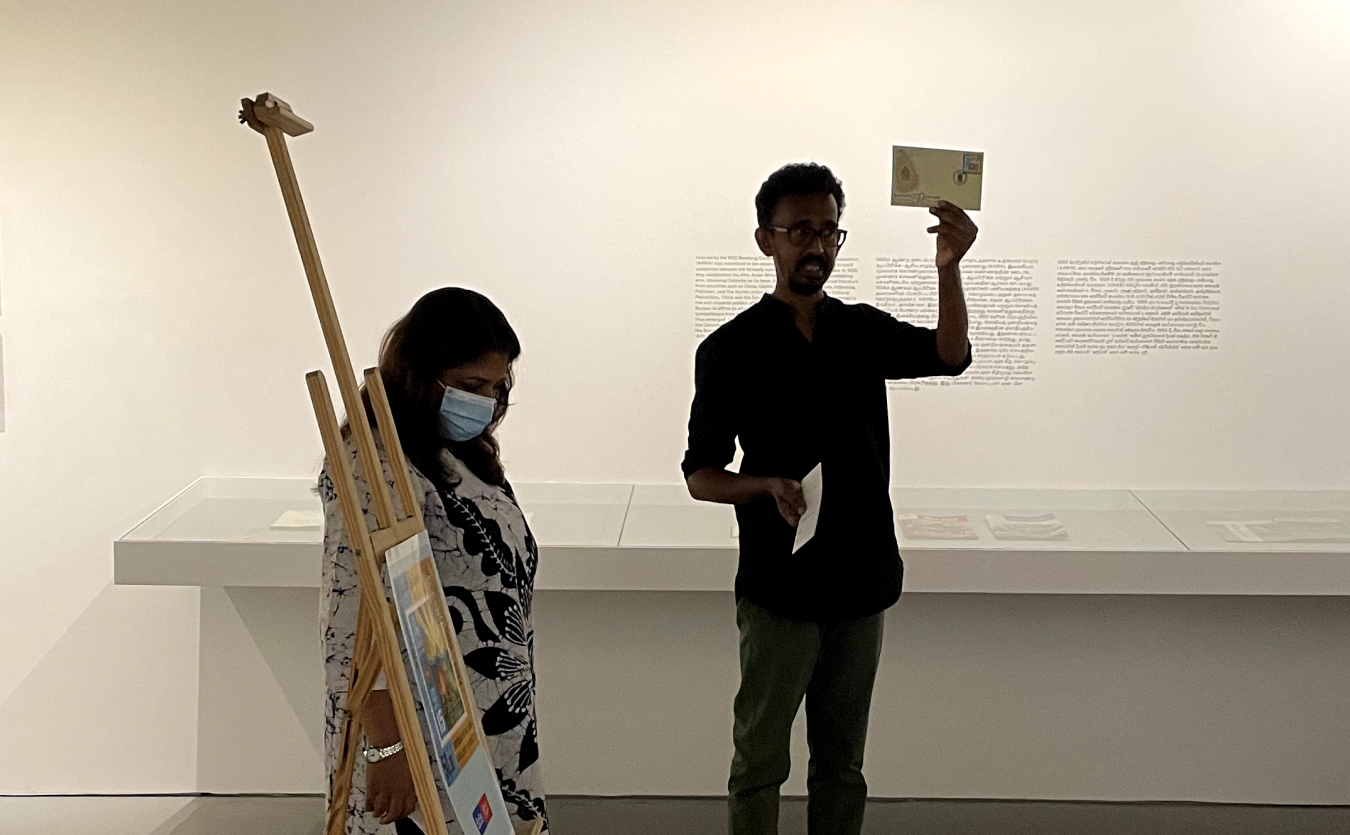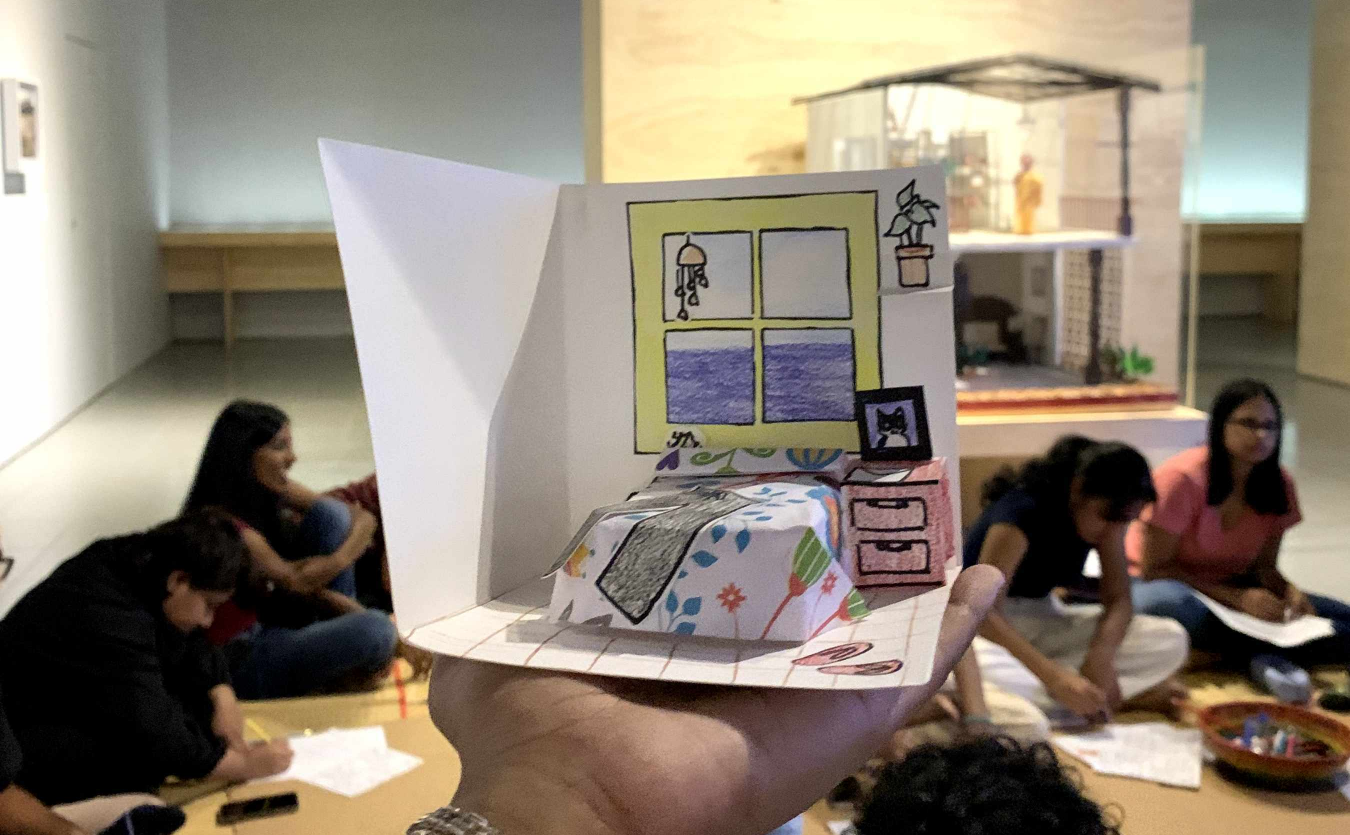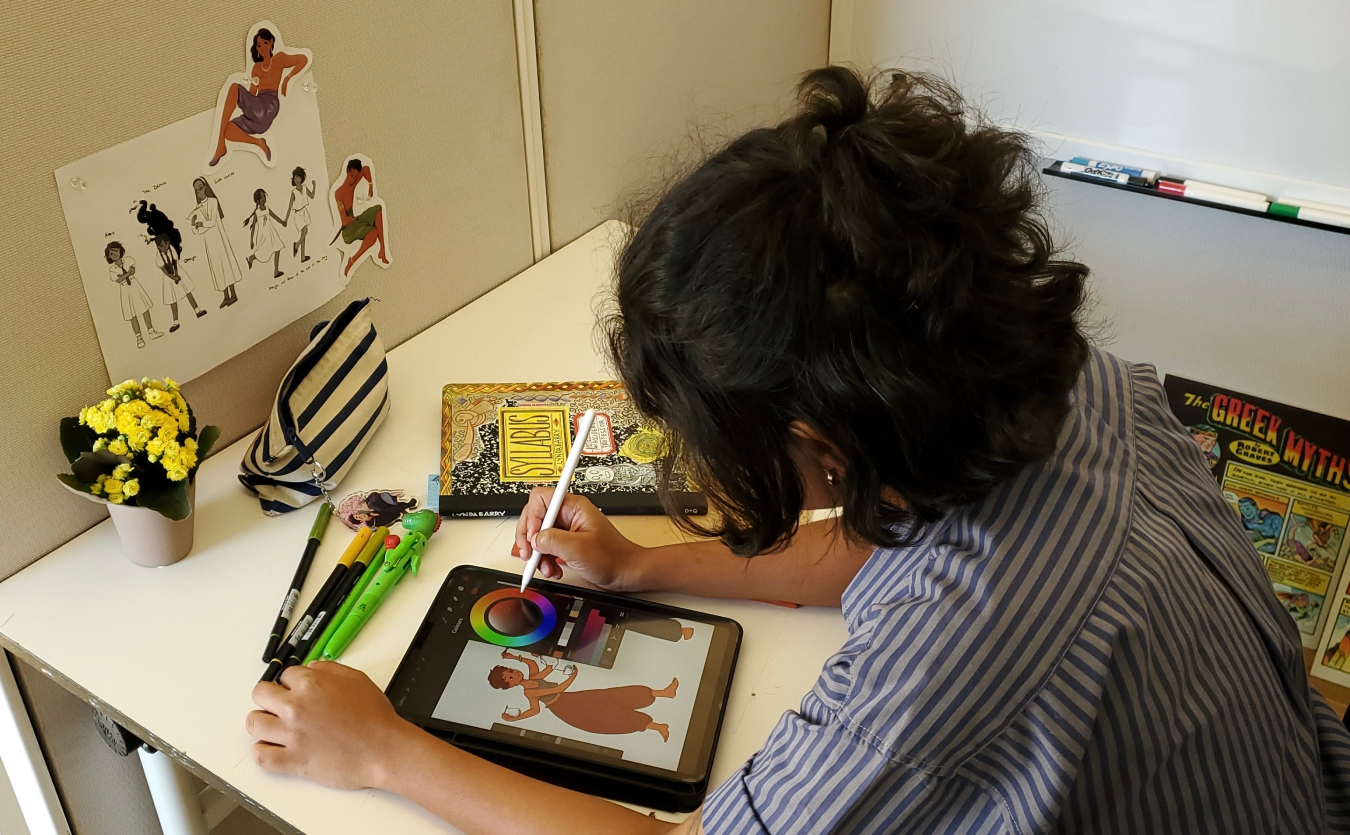The Museum of Modern and Contemporary Art Sri Lanka provides an array of learning opportunities targeted at different audiences.
Dialogue and Civic Engagement Fellowship
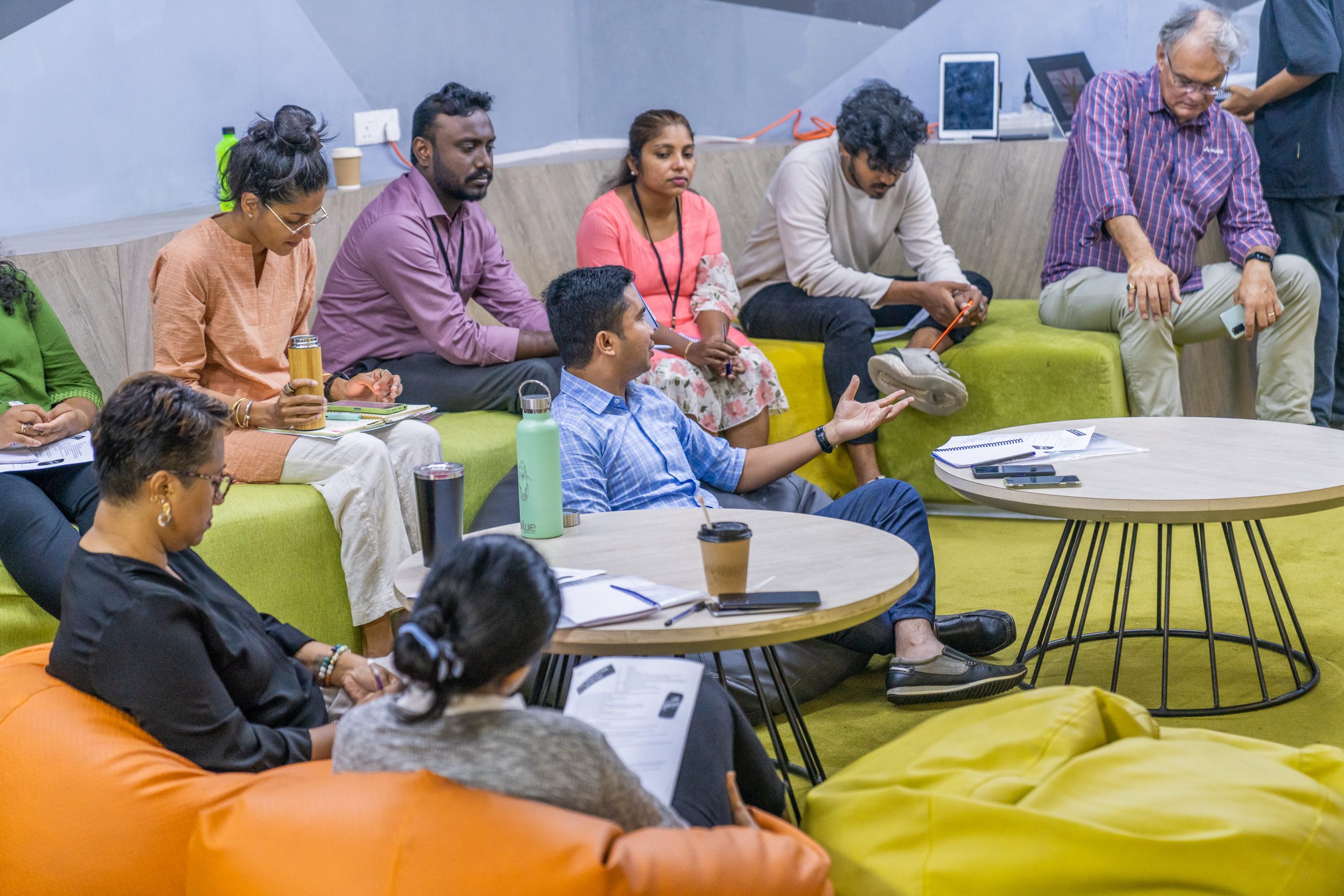
The Museum of Modern and Contemporary Art Sri Lanka (MMCA Sri Lanka) is proud to launch the Dialogue and Civic Engagement Fellowship Programme. The Fellowships are aimed at cultural practitioners (artists, activists, writers, poets, facilitators, performers, and educators) from the Northern, Eastern, and Uva provinces of Sri Lanka interested in using art to promote civic dialogue and Alternate Dispute Resolution (ADR) approaches. The aim of the programme is to raise greater awareness about art as a device for mobilising ADR mechanisms as effective pathways to achieving justice and reconciliation in community-level conflicts.
A part of ‘Arts 4 ADR’: a 12-month-long arts project by the Museum of Modern and Contemporary Art Sri Lanka (MMCA Sri Lanka) in partnership with Supporting Effective Dispute Resolution (SEDR), this fellowship aims to increase awareness and understanding of community-based Alternate Dispute Resolution (ADR) mechanisms and facilitate dialogue about the root causes of community-based conflict, disputes, and grievances.
Onsite
Lecture
‘Contested Lands: Ownership, Occupation, and Heritage Today’ with Bhavani Fonseka
Learn MoreLearning sits hand in hand with the development of the museum. Our priorities are to establish a museum where learning is inclusive, collaborative, sustainable, and transformative. These priorities are informed, and shaped by continuing conversations with educators, artists, community partners, teachers, students, and researchers.
Online
Reading Group
Reading Group: ‘On Minnette De Silva and Architectural Method’ with Tariq Jazeel
Learn MoreAs one of the country’s newest museums, our commitment to learning also involves looking at our own role within the country’s education and museum sectors.
Art
A photograph or painting can mean different things to different people. By discovering something about the context in which an artist worked, or finding out the reasons behind their intention to make a sculpture, video or drawing, we not only start to find out more about the artwork, but we also become able to identify, locate, evaluate and effectively use that information to think about society, the environment, history, a process or technique, and countless other subjects that art connects us to. We learn through our curiosities
Spotlight
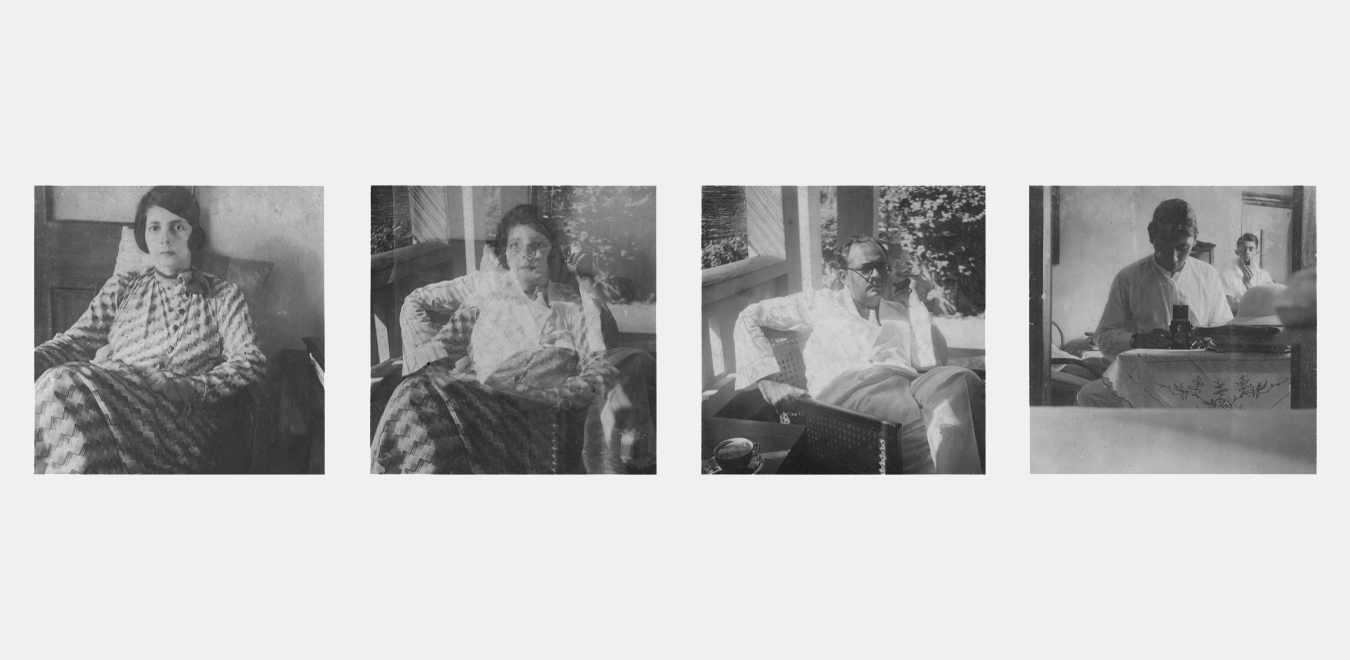
W. J. G. Beling (1907–1992)
30–33—Untitled (c. 1930s)
Digital prints reprinted from silver gelatin prints
Beling Family Collection, Colombo
First exhibited in ‘one hundred thousand small tales’, Dhaka Art Summit, Dhaka, Bangladesh, 2018
W. J. G. Beling was one of the founding members of the ’43 Group— a collective of modern mid-20th-century artists established in 1943—widely recognised as being Sri Lanka’s first modernist collective. These four photographs offer a unique view into Beling’s interest in photography, especially at a time when experimentation with photographic printing techniques had barely begun. The photographs include a portrait of Lionel Wendt (1900–1944), a fellow photographer and a portrait of the artist’s aunt Ethel Swan (c.1890s–1980). Beling creates a third photograph by superimposing the portraits of Wendt and Swan. The visual effect of the combined figures appears ghostlike. Other than being deliberately playful, the photographs show Beling’s interest in the way photography could be deployed to alter reality. Such an interest is borne out in Beling’s self-portrait, where he is seen as a reflection in front of a mirror, with his head looking downwards into the viewfinder of his Voigtländer twin-lens reflex camera. A boy stands in the far distance—his eyes meeting the gaze of the beholder—holding what appears to be a light meter. Consequently, the creation of one view looking back at another view, or the use of framing devices and reflections, like a mirror or a window, is a trait that appears in several of Beling’s paintings.
‘Total Landscaping’
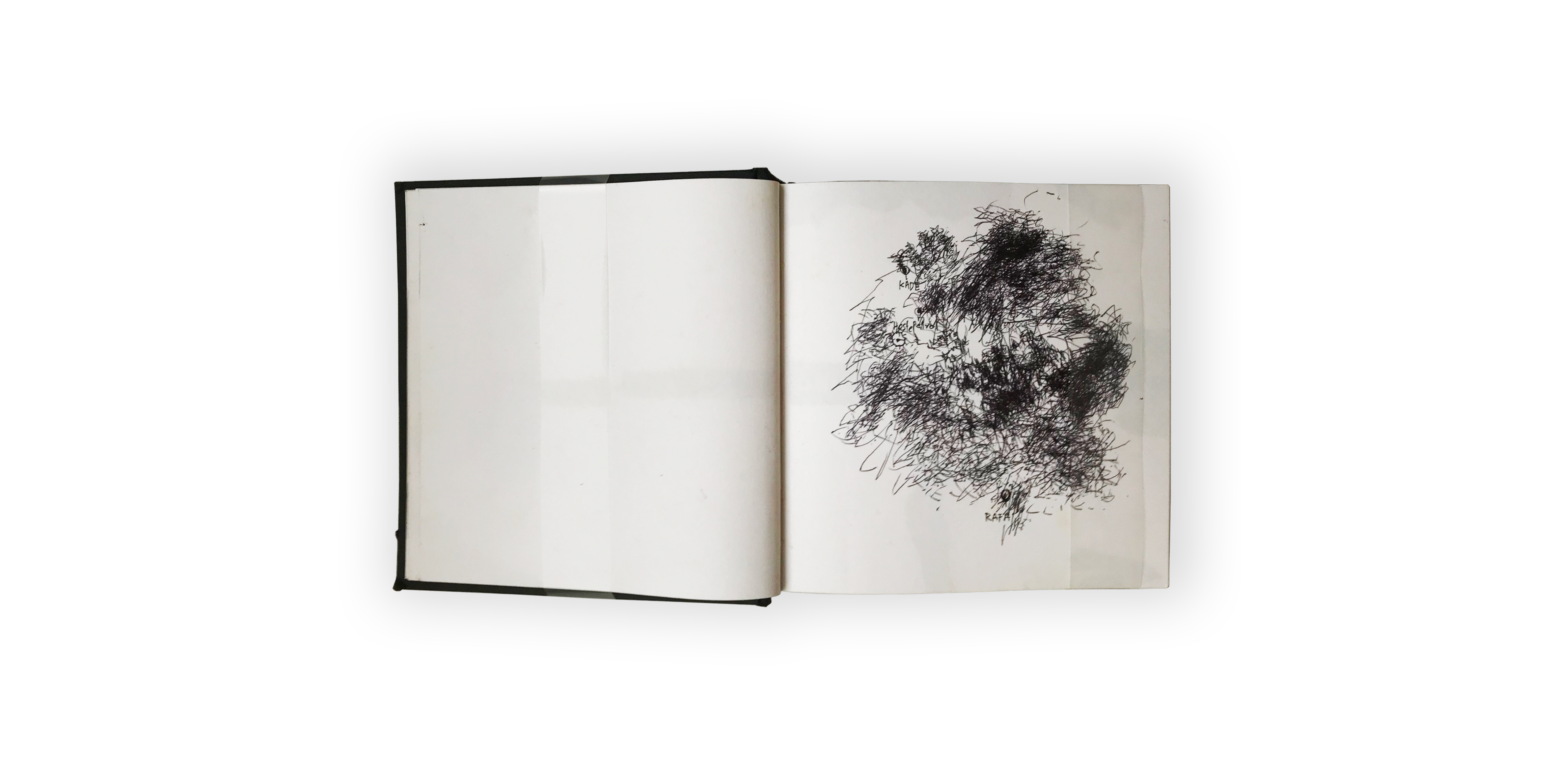
4GPS Drawing: Jaffna Hostel (Kalviyankadu) to Ramanathan Academy (Maruthanarmadam), Three-wheeler, 12 km, 26 April 2012 (2012)
Muhanned Cader (b. 1966)
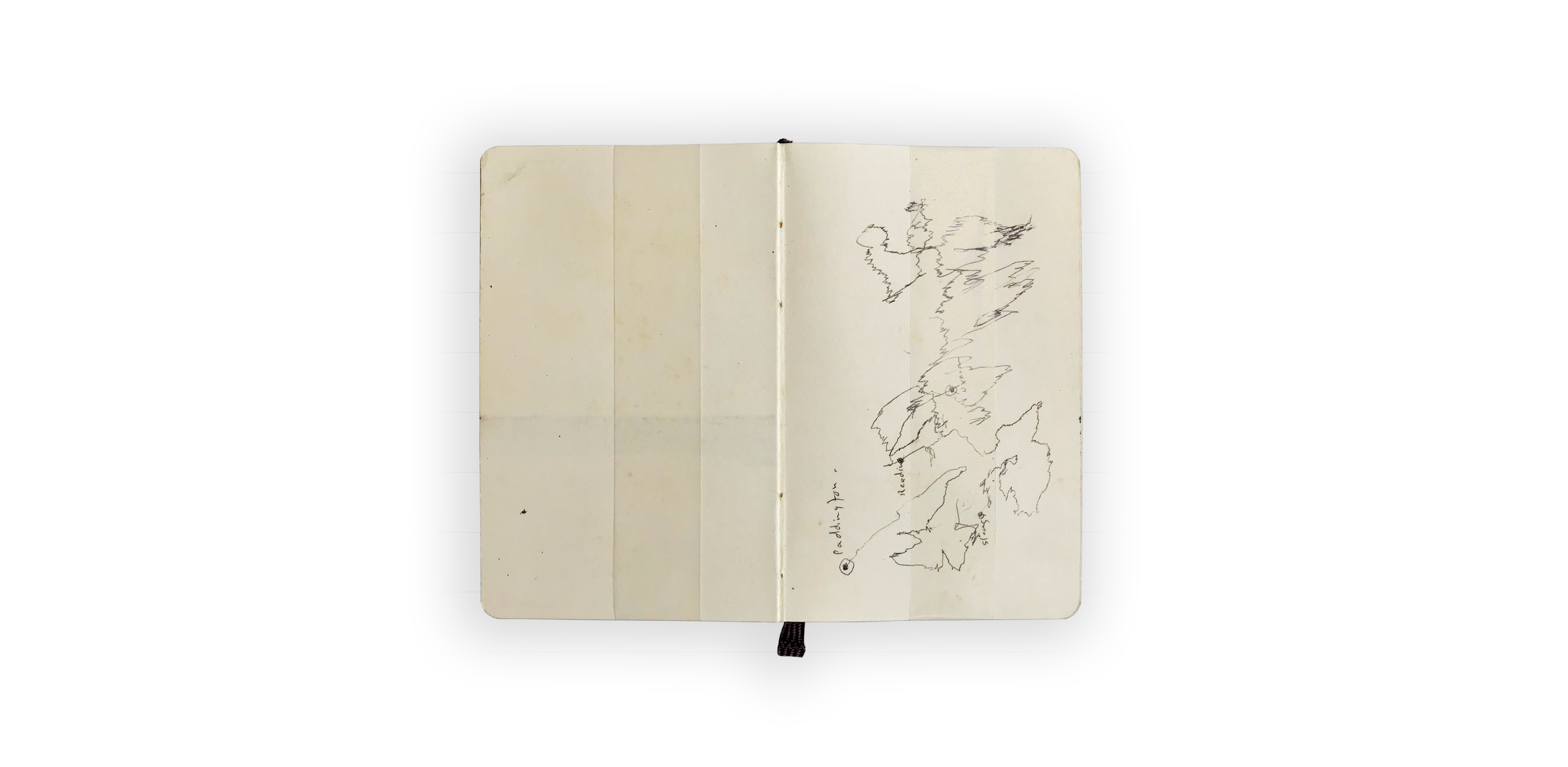
5GPS Drawings, England 2011, Oxford to Paddington, Train, 1.01 pm to 2 pm, 2011 (2011)
Muhanned Cader (b. 1966)
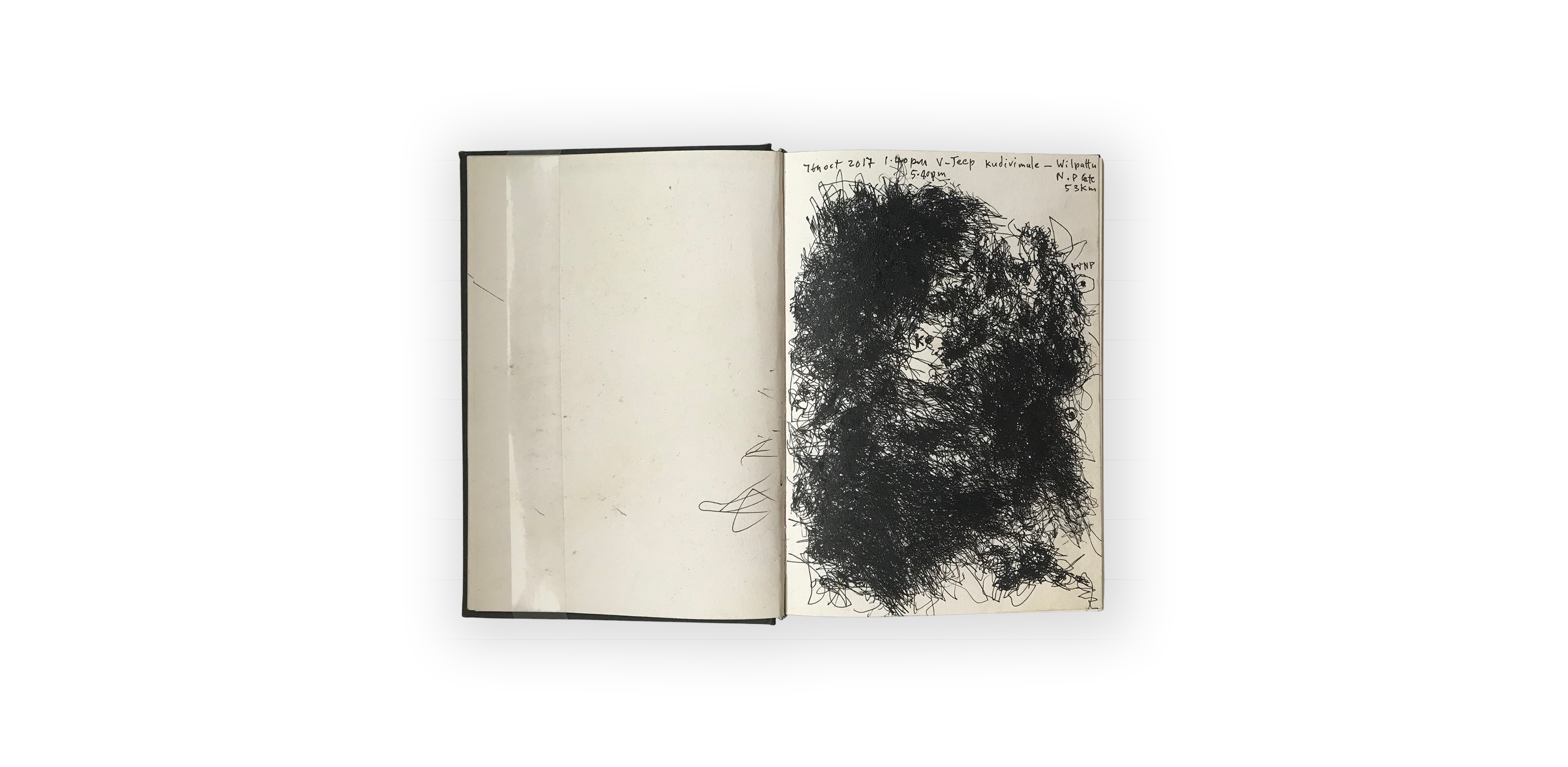
7GPS Drawing: Kudirimale to Wilpattu National Park Gate, 53km, 1.40 pm to 5.40 pm, Jeep, 7 October 2017 (2017)
Muhanned Cader (b. 1966)
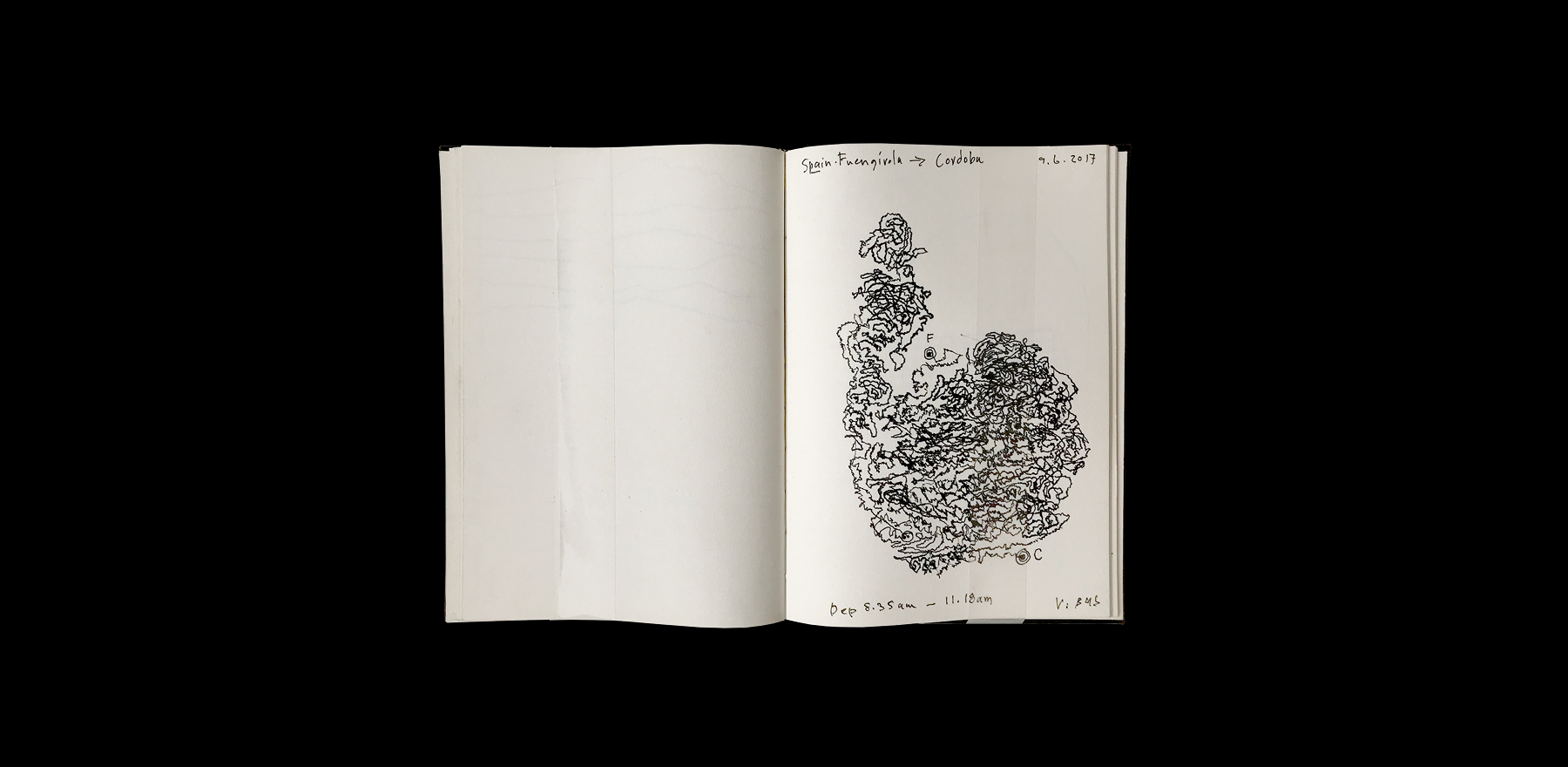
8GPS Drawing: Fuengirola to Córdoba, 8.30 am to 11.18 am, Bus, 9 August 2017 (2017)
Muhanned Cader (b. 1966)
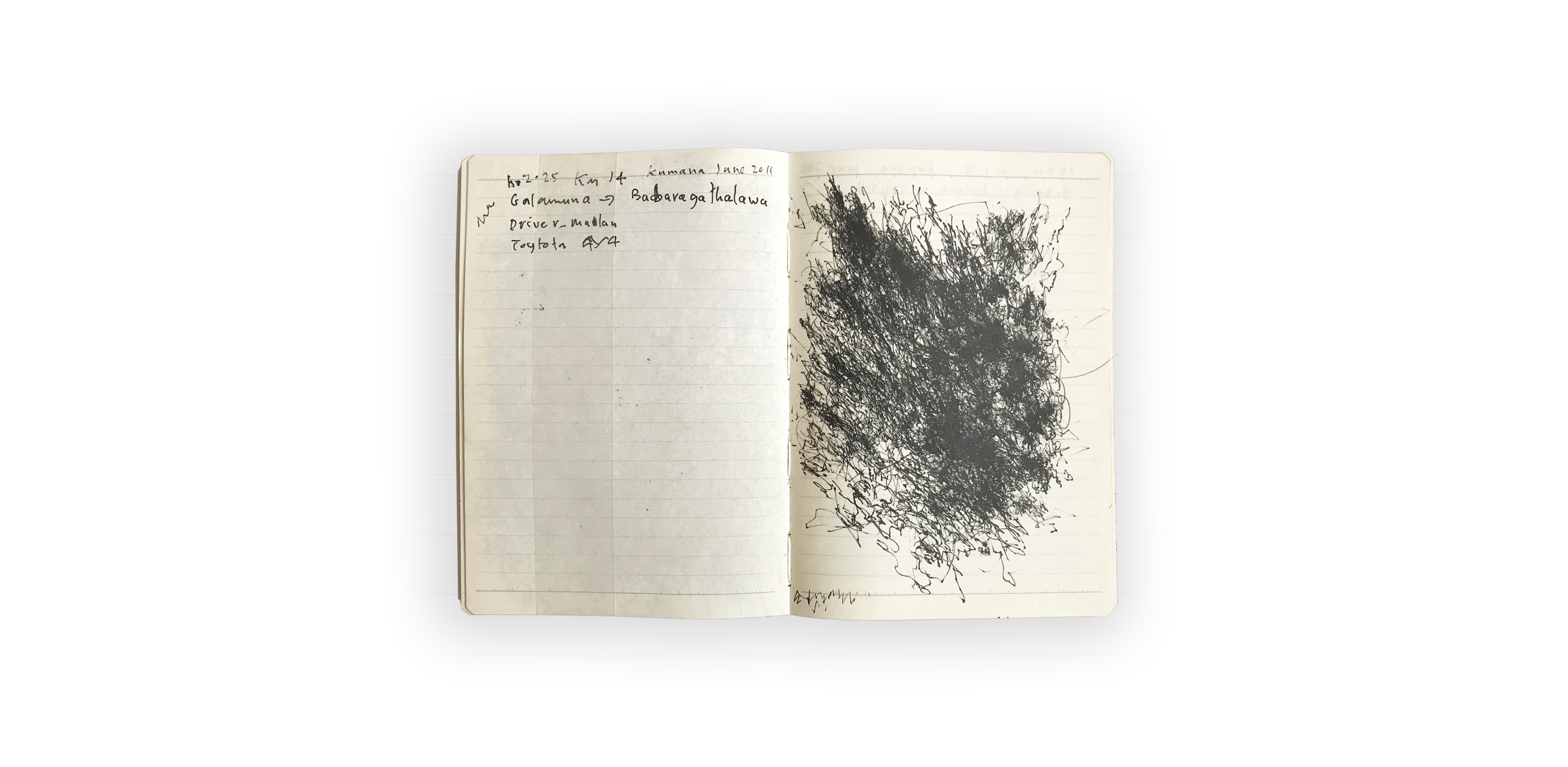
9GPS Drawing: Babaragasthalawa to Kumana campsite, 10 km, 1.15 hr, Jeep Toyota 4×4, June 2011 (2011)
Muhanned Cader (b. 1966)
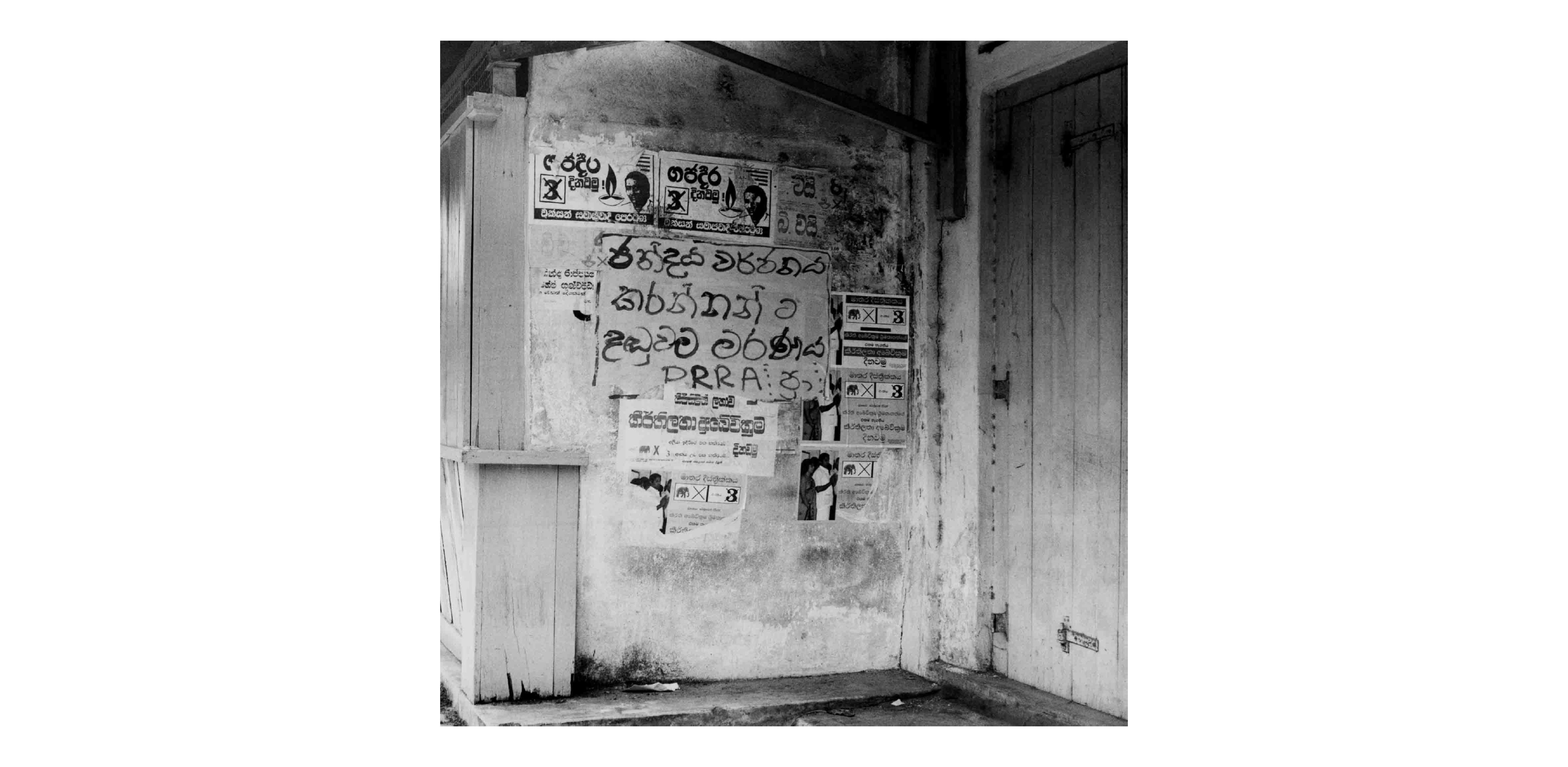
16If You Boycott the Elections the Penalty Is Death, PRRA, Peoples Revolutionary Red Army, Galle (1989)
Stephen Champion (b. 1959)
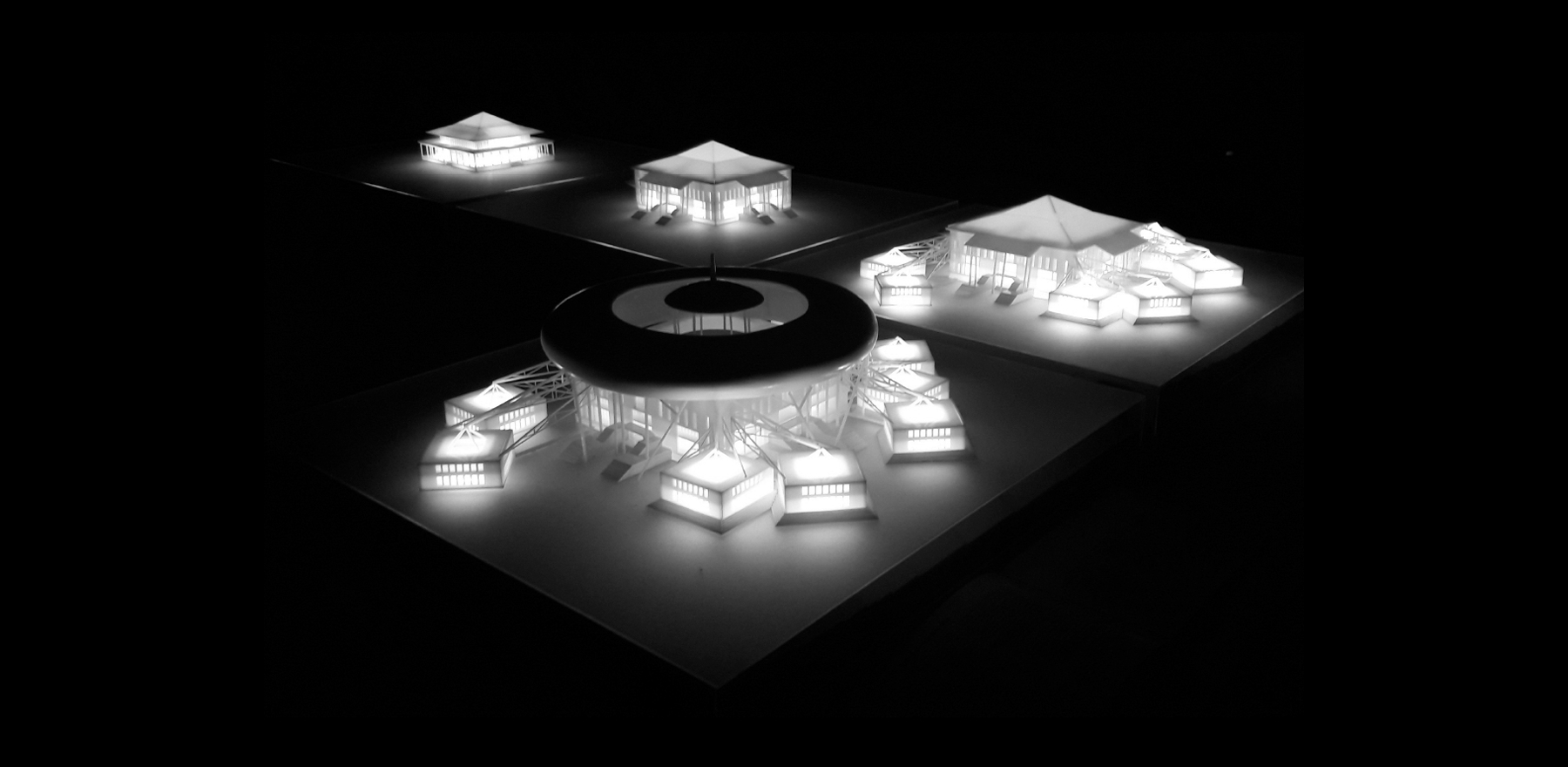
17Corridors of Power: Drawing and Modelling Sri Lanka’s Tryst with Democracy (2015)
Channa Daswatte (b. 1965), Sanjana Hattotuwa (b. 1977), Asanga Welikala (b. 1976)
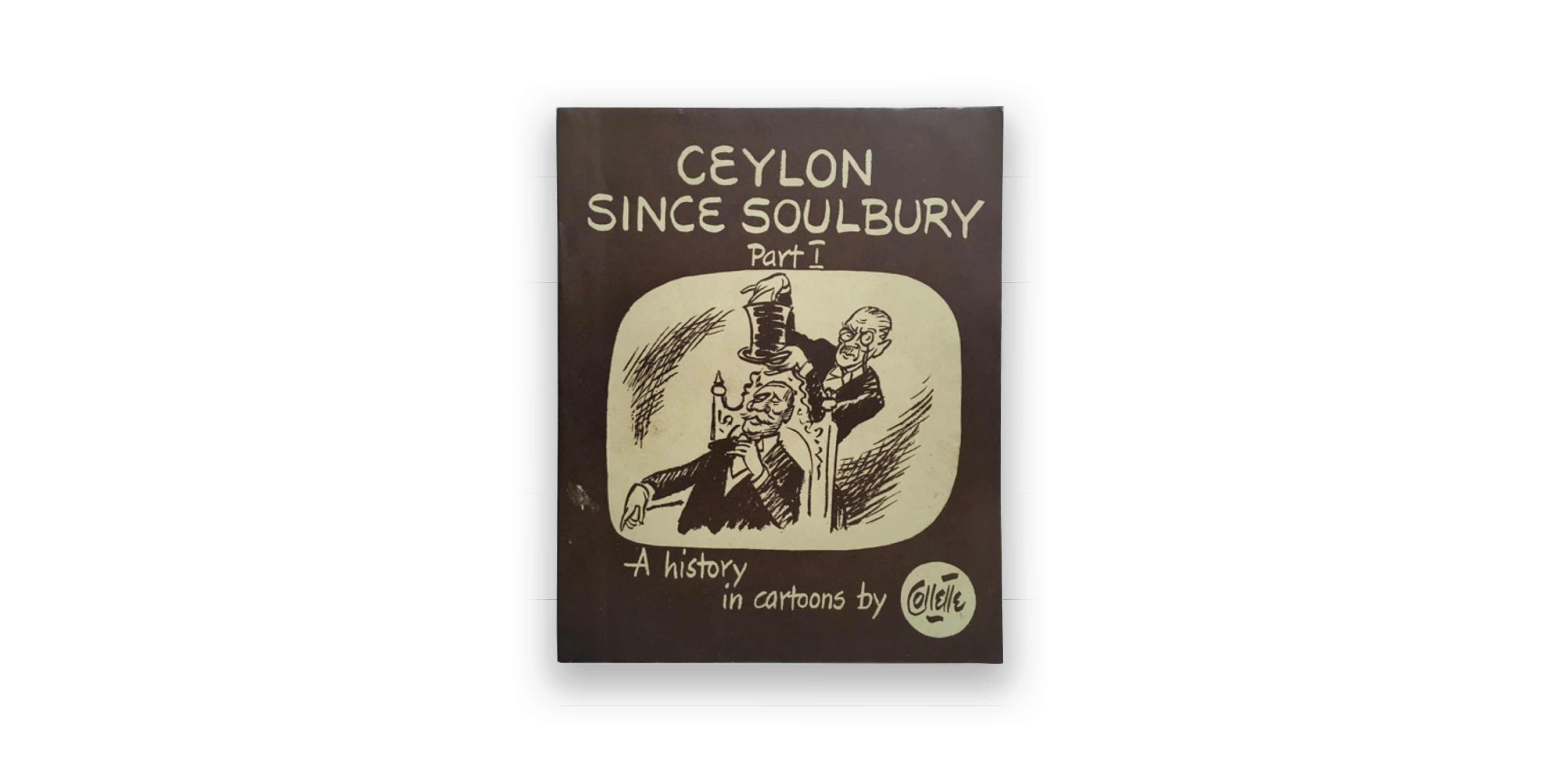
20Ceylon Since Soulbury Part I: A History in Cartoons by Collette (1948)
Aubrey Collette (1920–1992)
For Kids
There are lots of different ways that kids can get involved with the Museum of Modern and Contemporary Art Sri Lanka. You can start immediately by accessing one of our activities for kids, or you can plan a visit with family or friends.
For Educators
Our educator programmes connect students and teachers with modern and contemporary art topics and discussions related to local contexts. Artists and teachers can cultivate their practices as educators using learning resources and programmes that include alternative pedagogical approaches, lesson plans, skill-sharing, and more. We also work with educators on customising lesson plans, field trips, fieldwork, and curriculum development.
Calendar
July 2025
Event Type
- All Events
- Today
- This Weekend
- For Kids
- Gallery Talks
- Tours
- Workshops
- Online
Support Us
Support us to create Sri Lanka’s first publicly accessible
museum of modern and contemporary art.
The Museum of Modern and Contemporary Art Sri Lanka invites you to get involved through becoming a member or making a donation to our activities.

